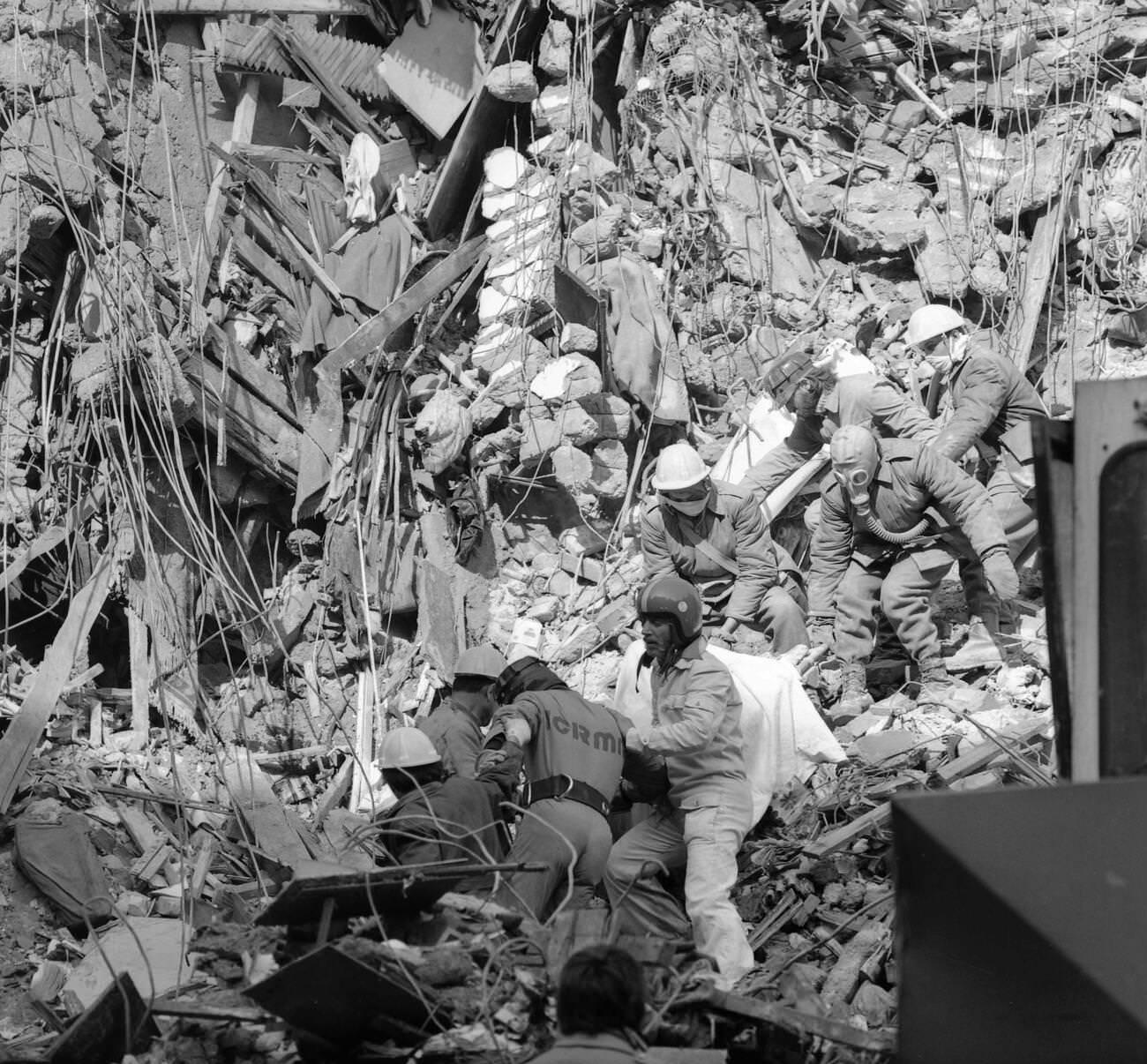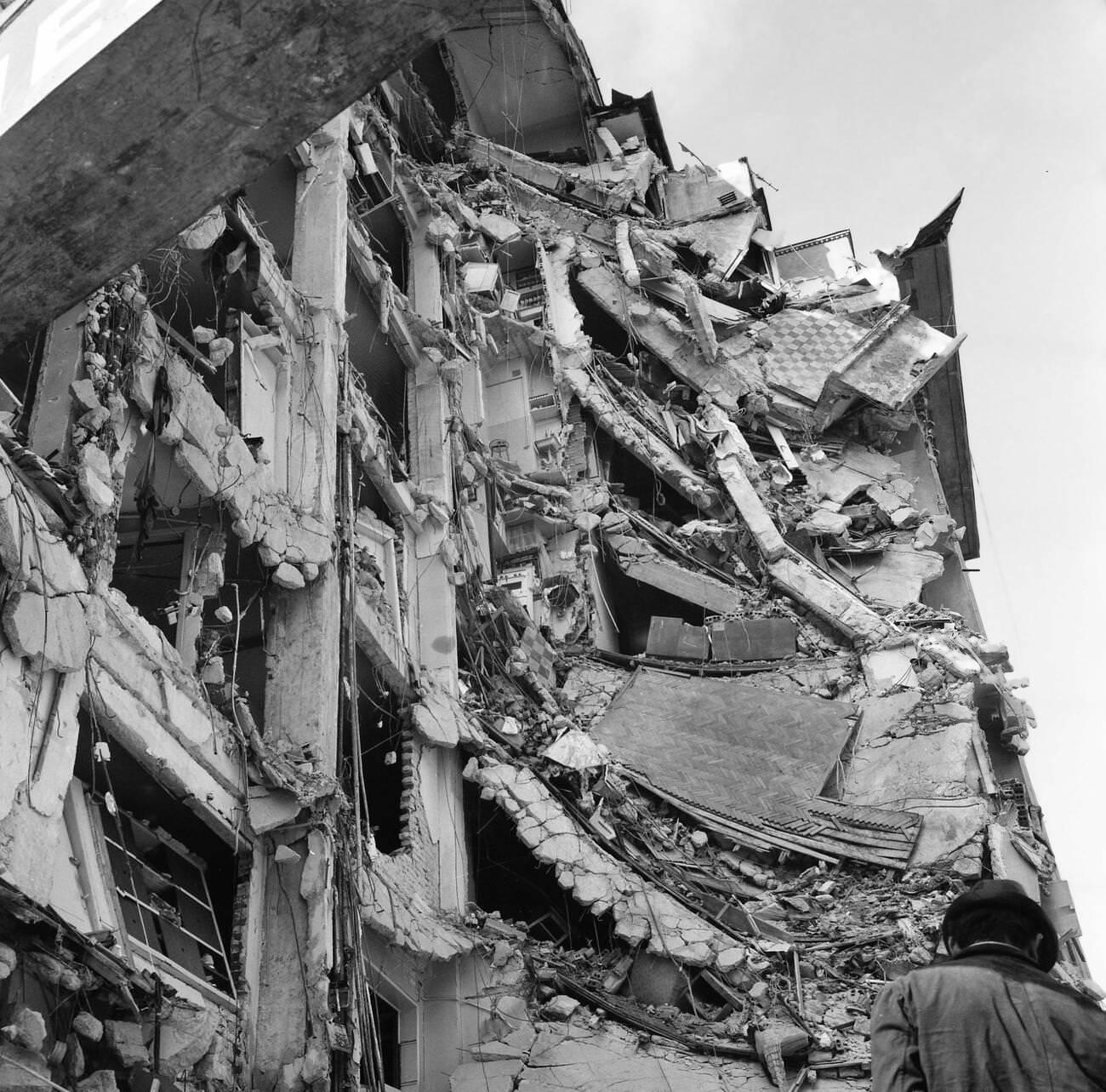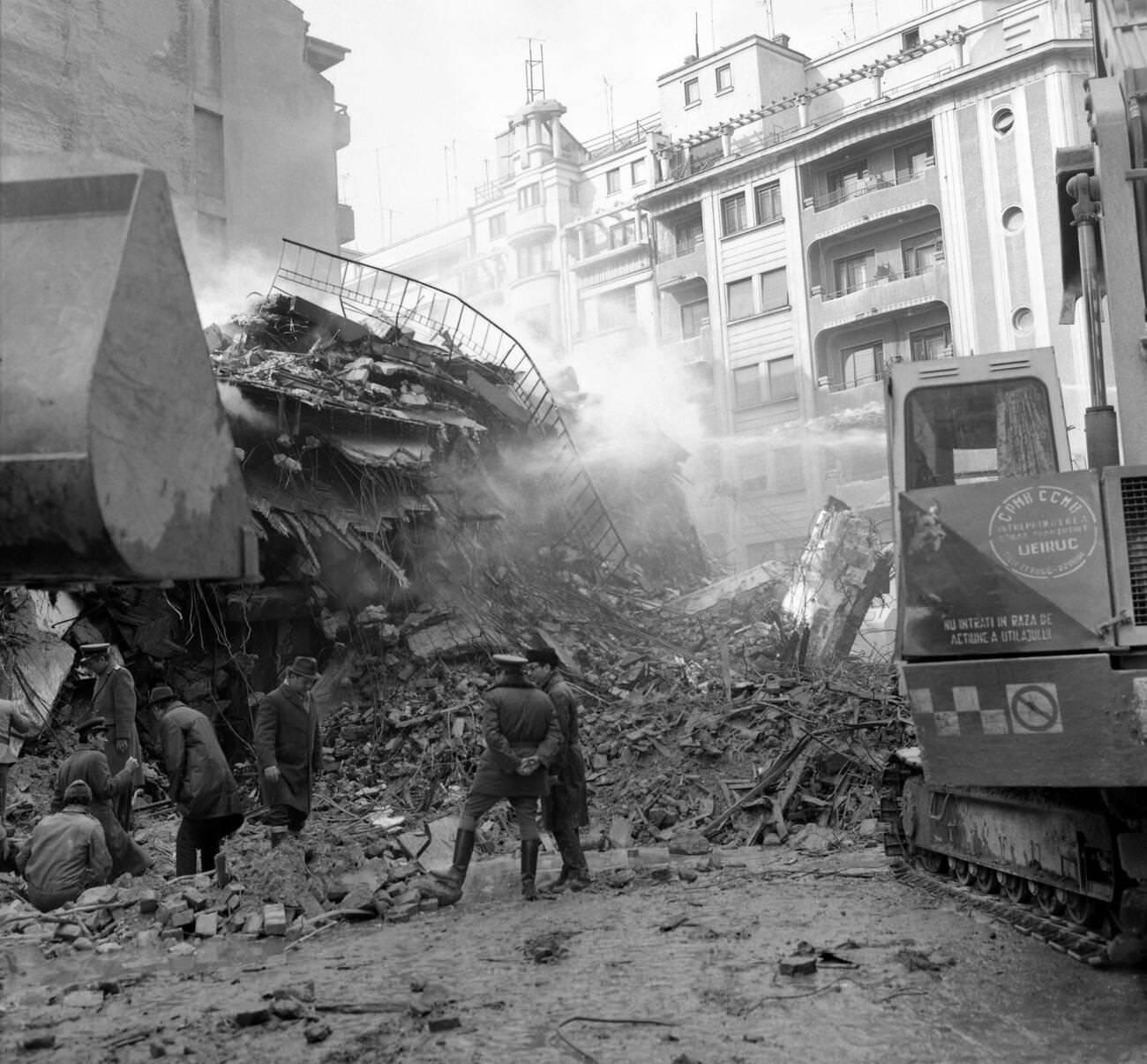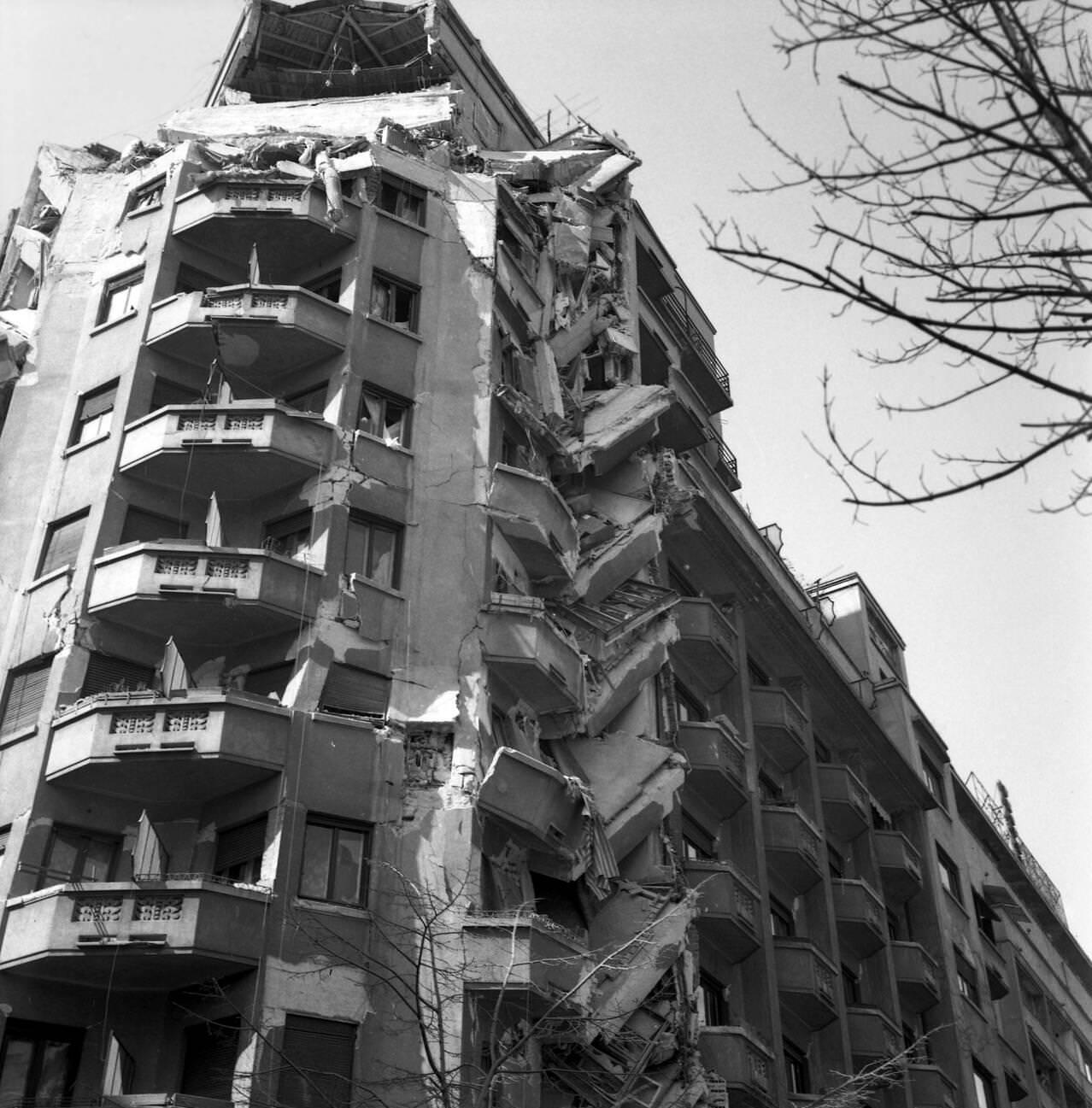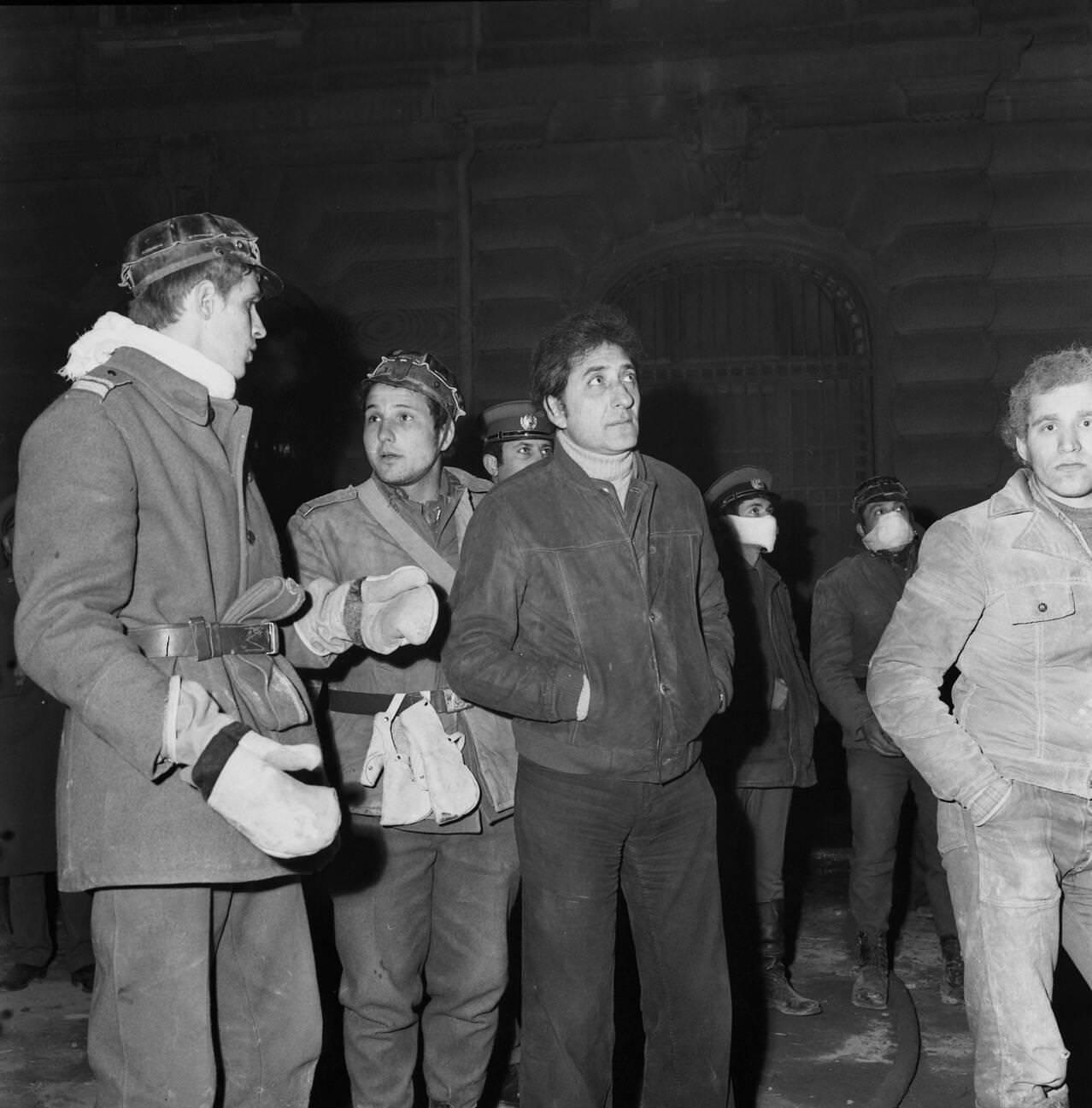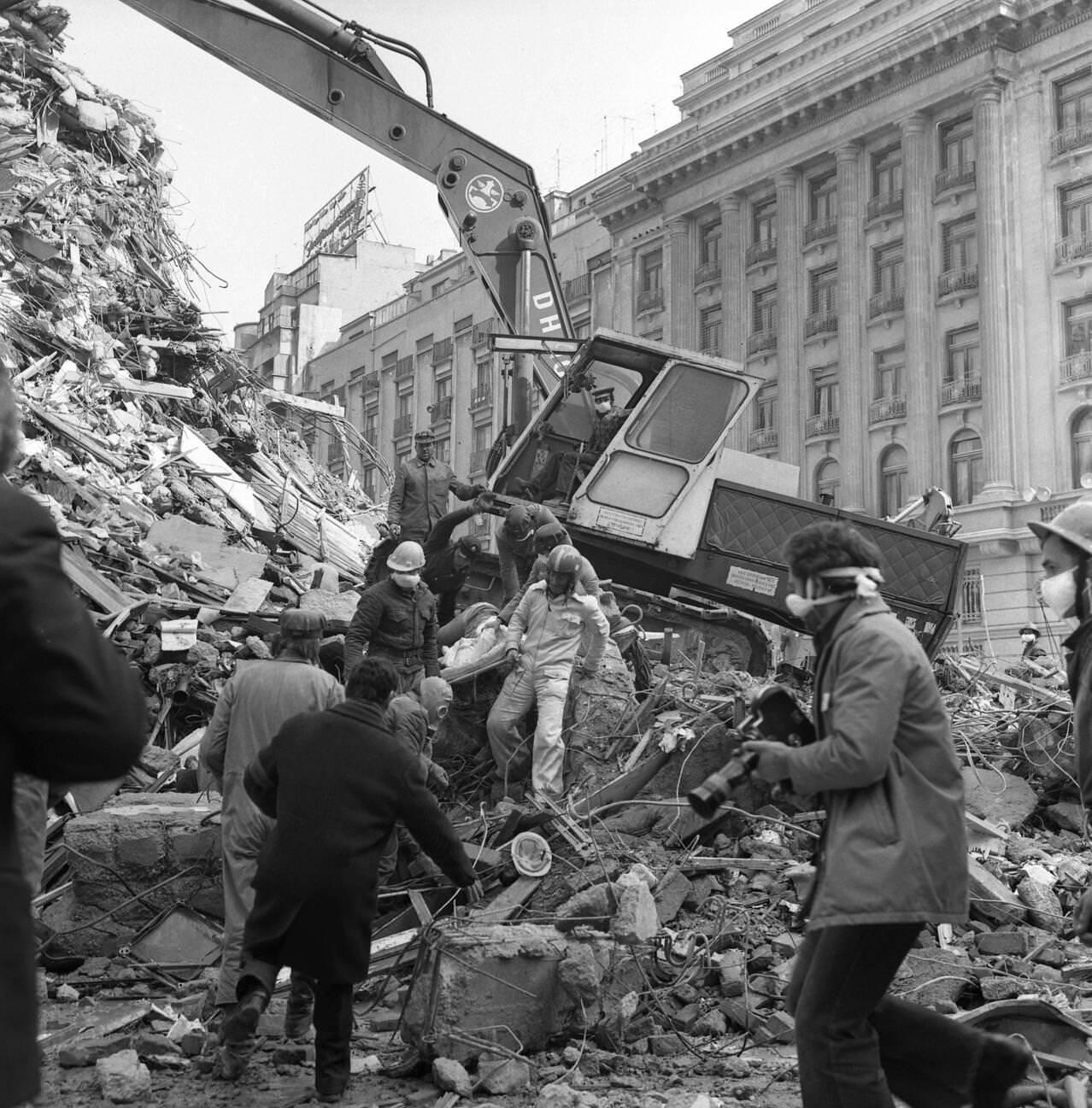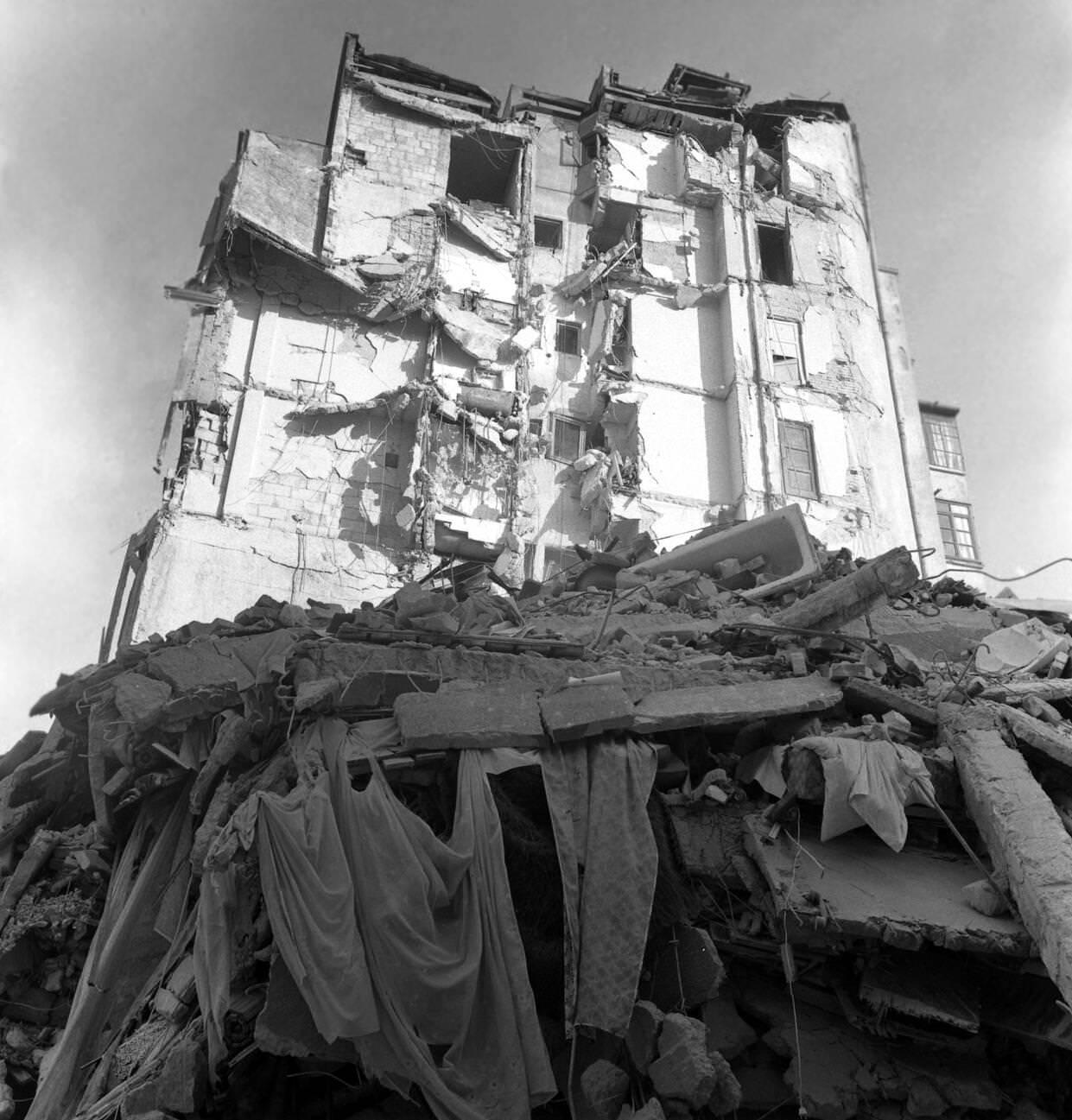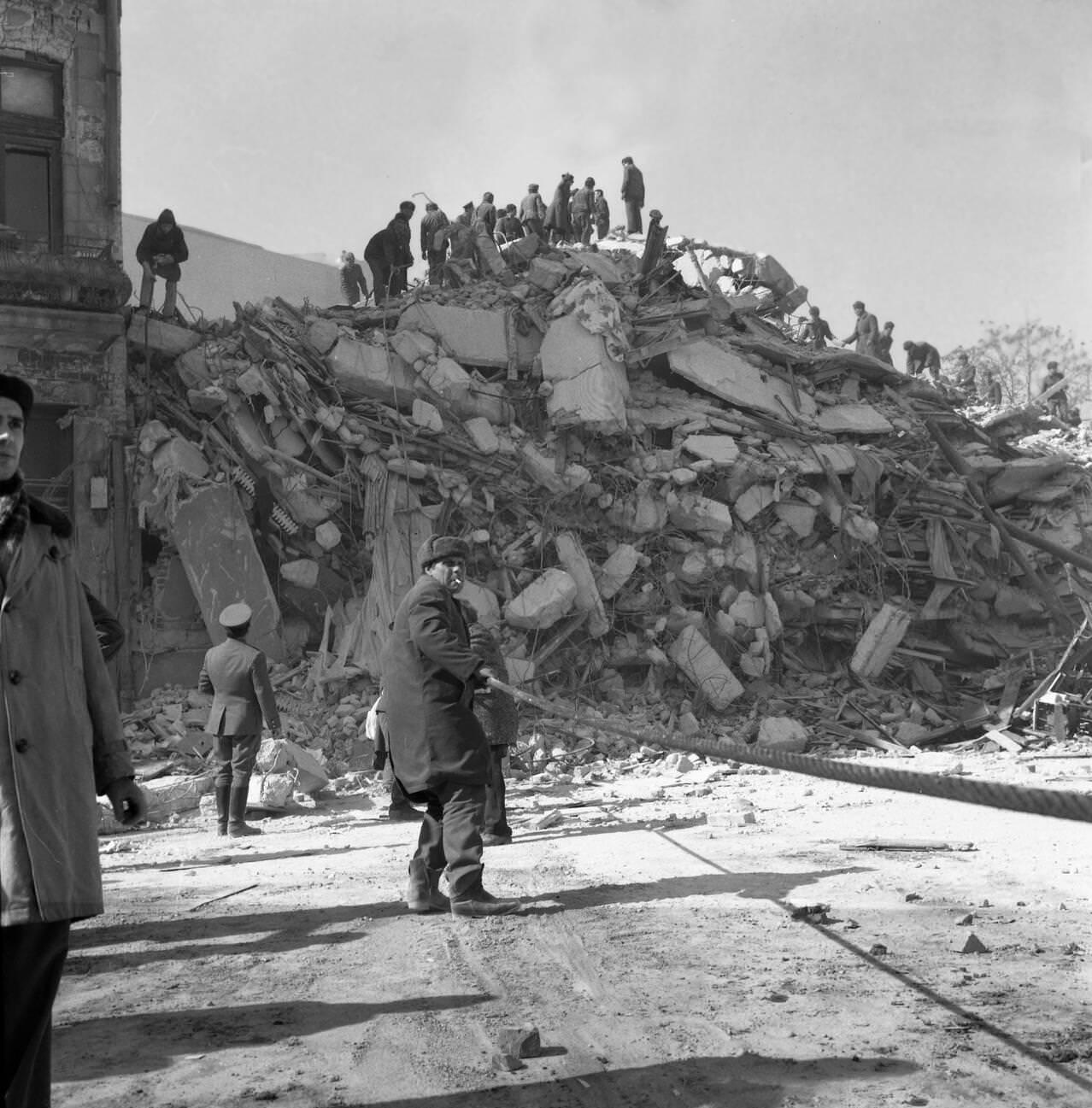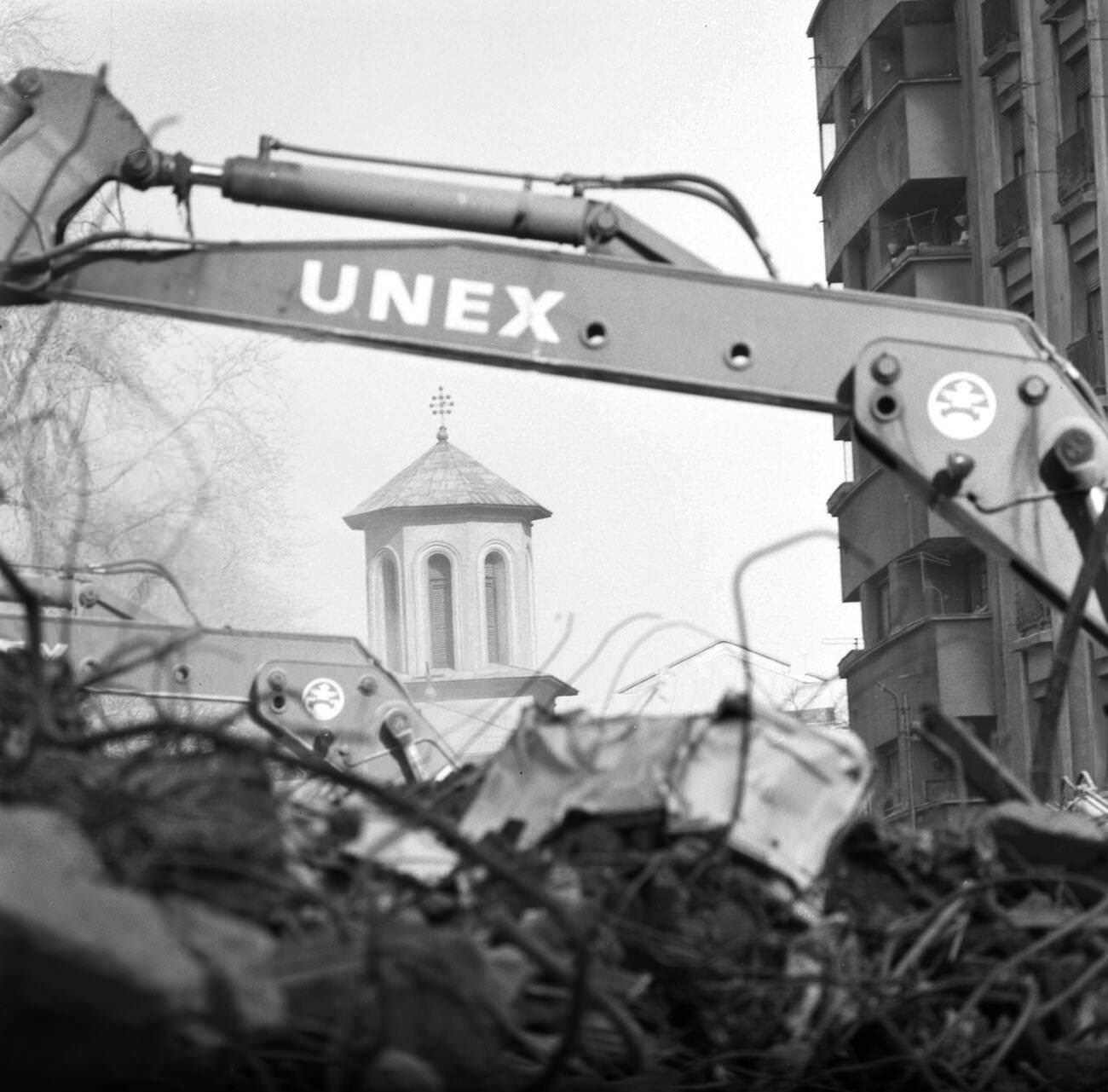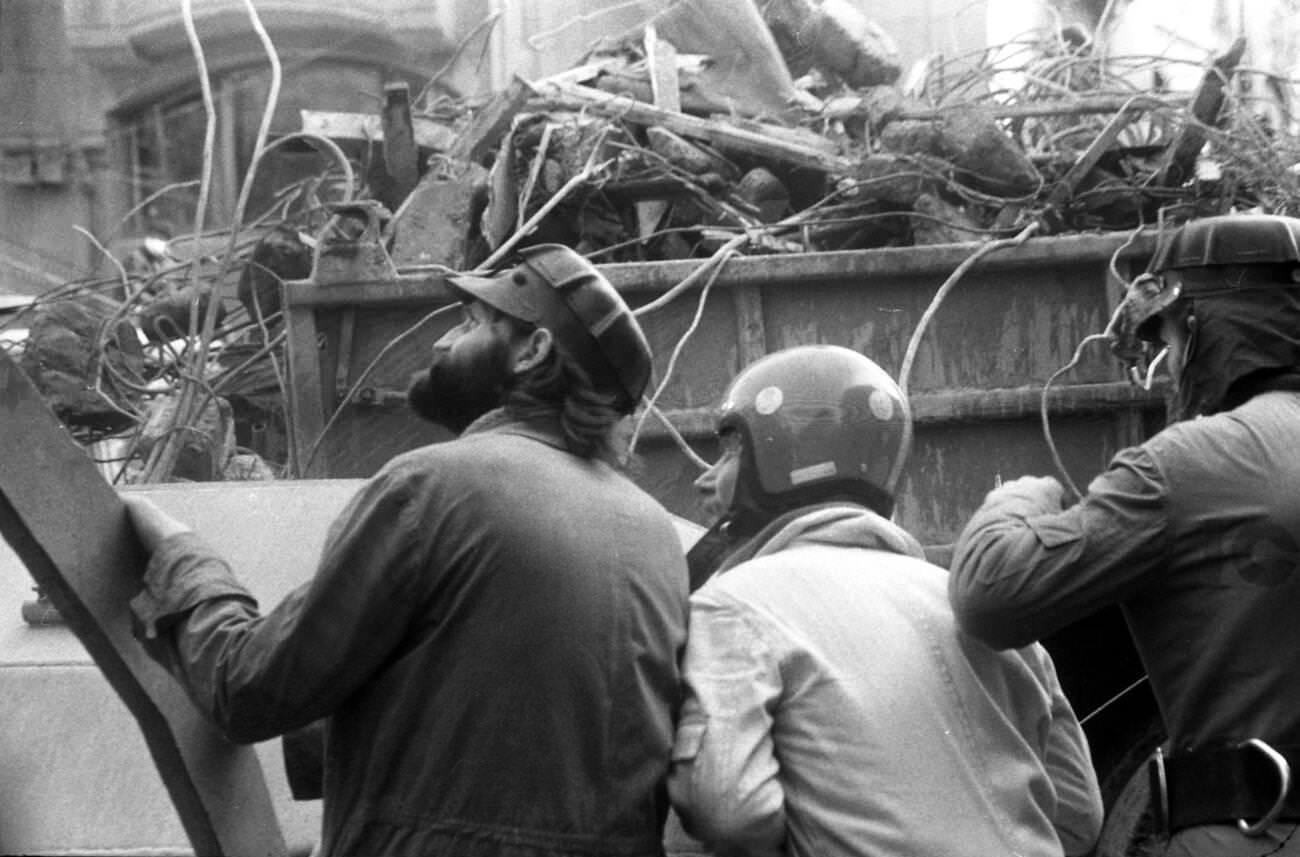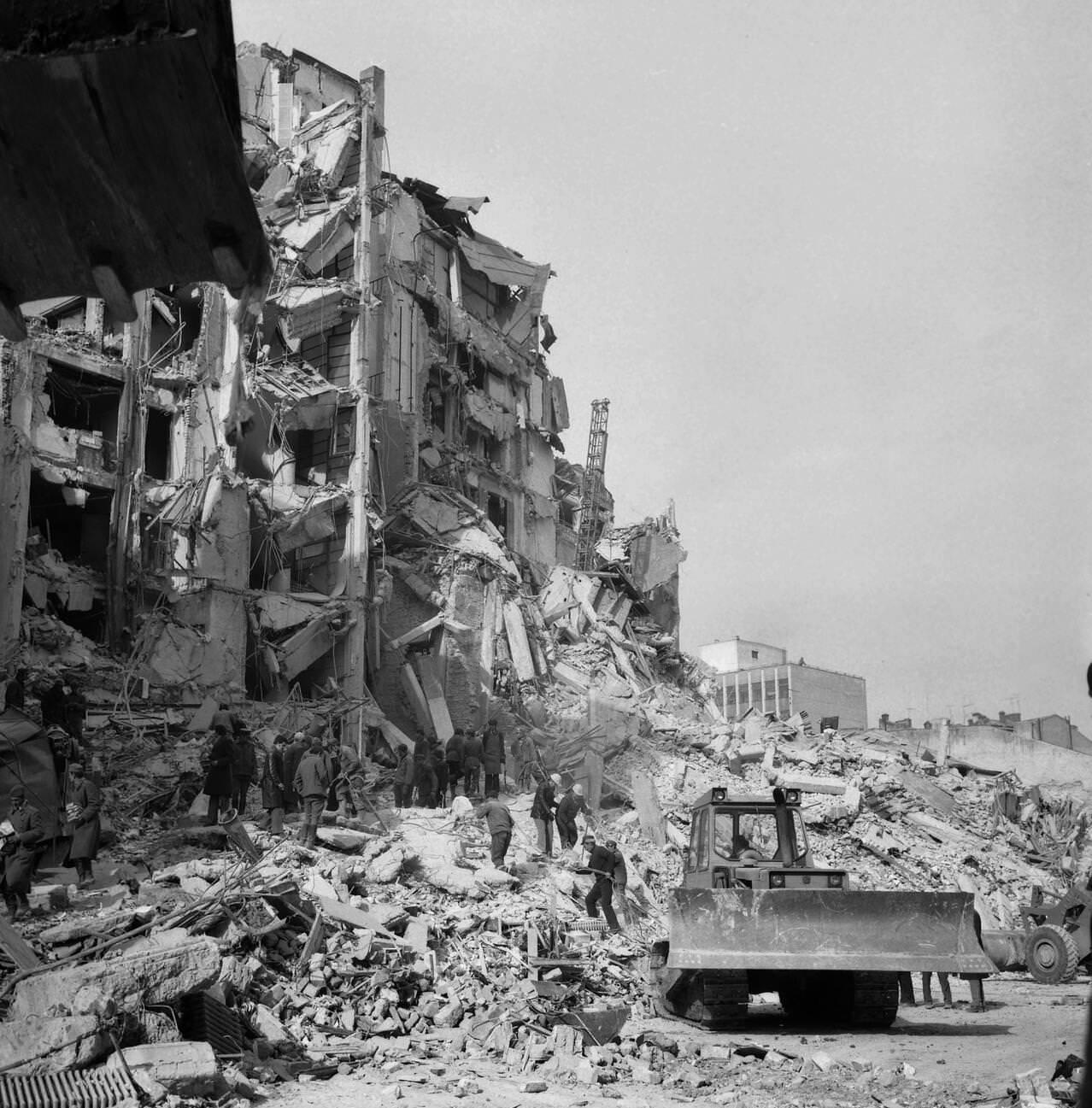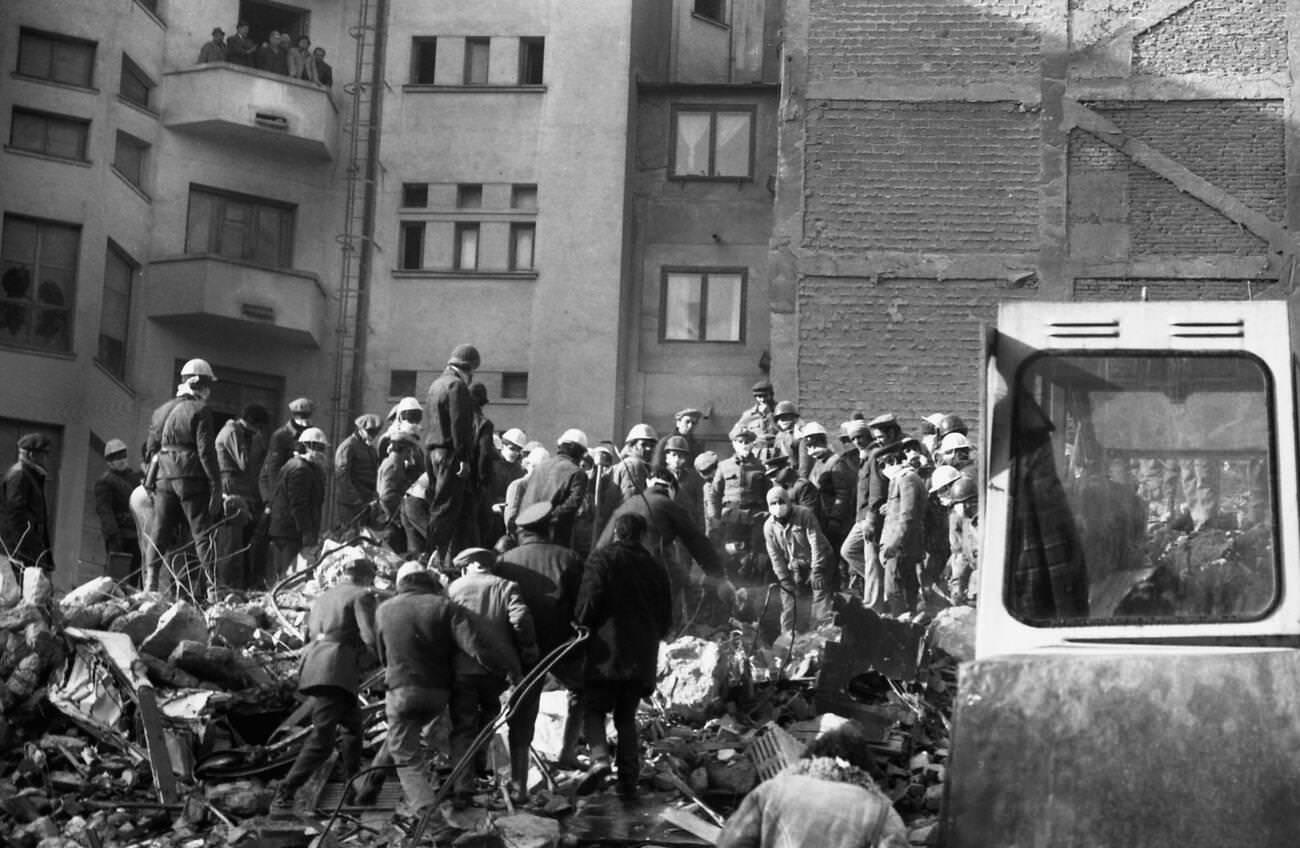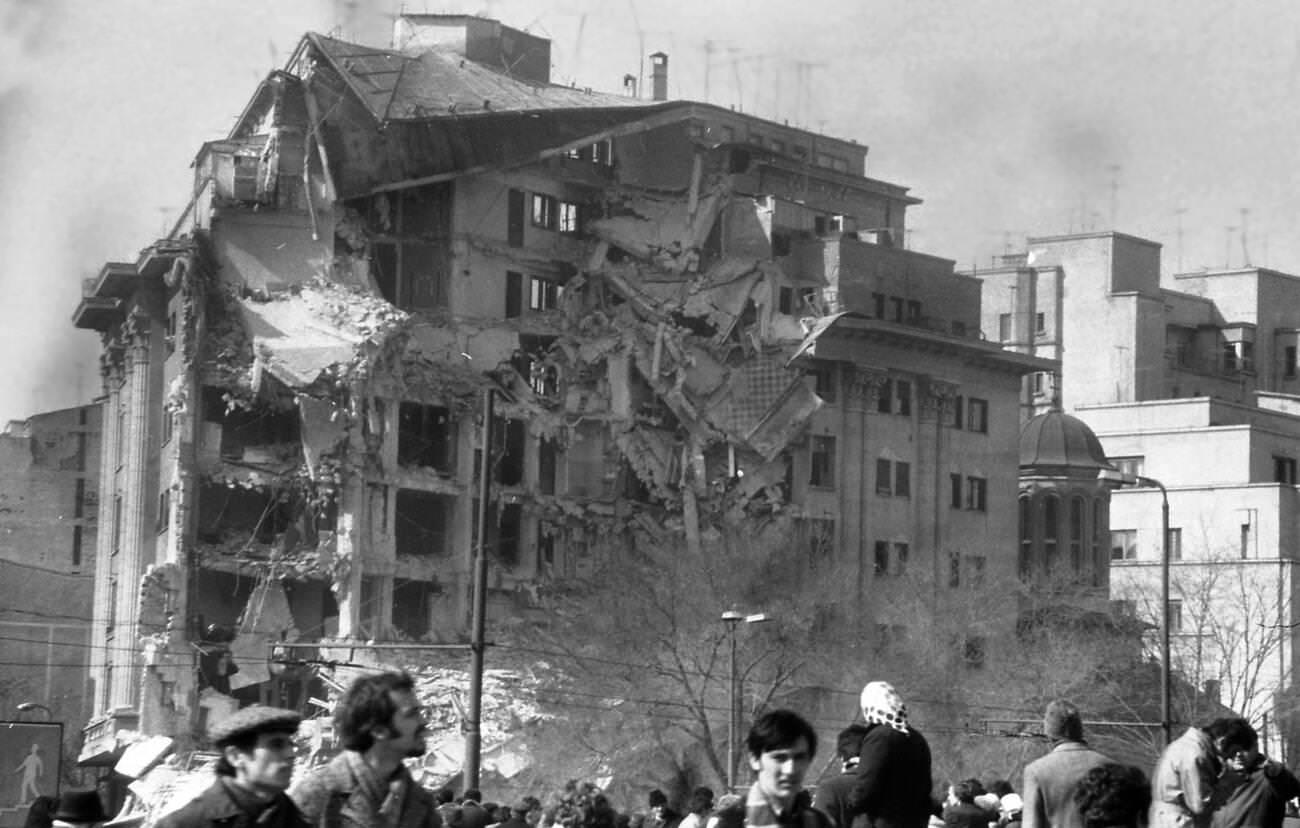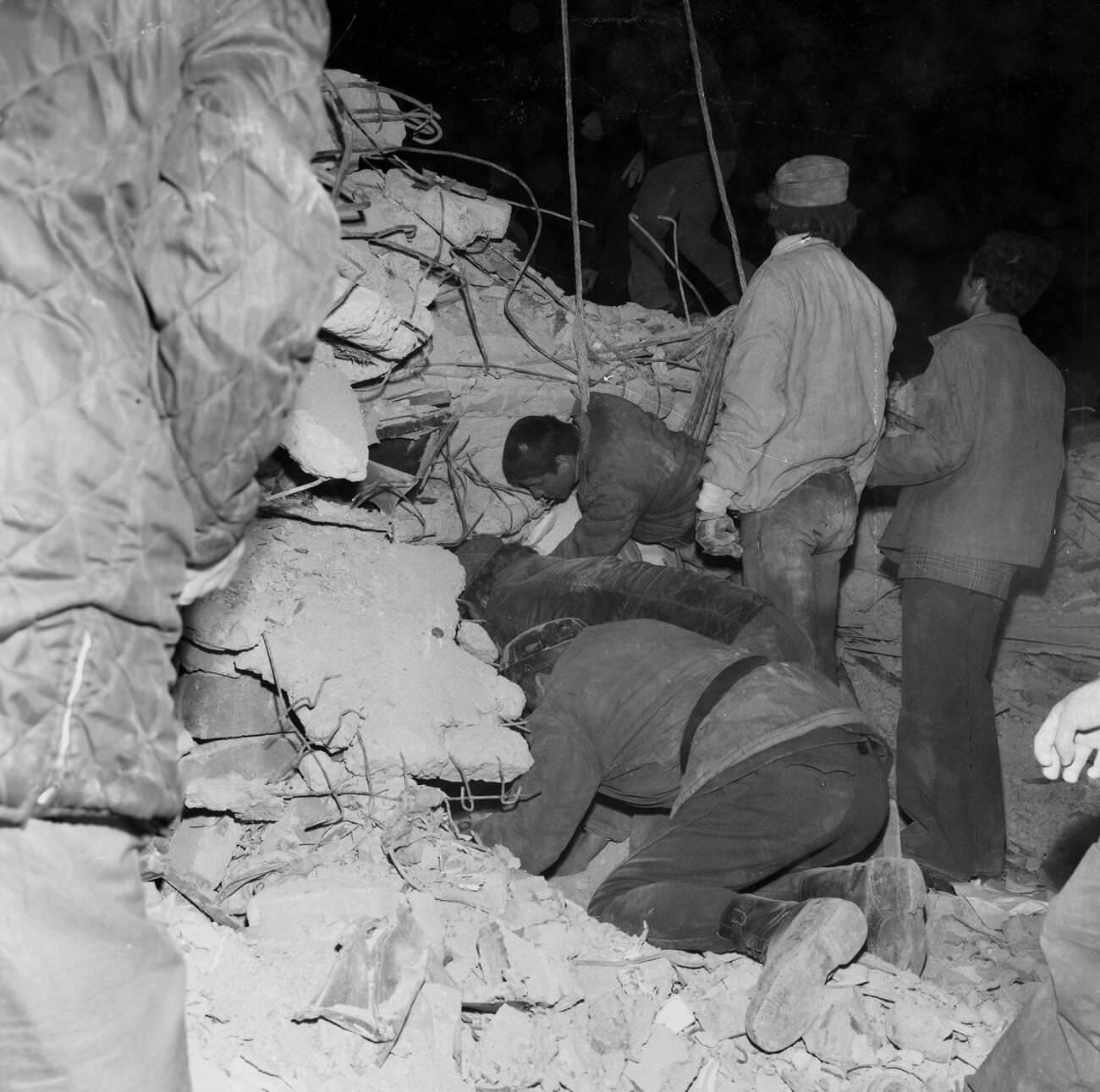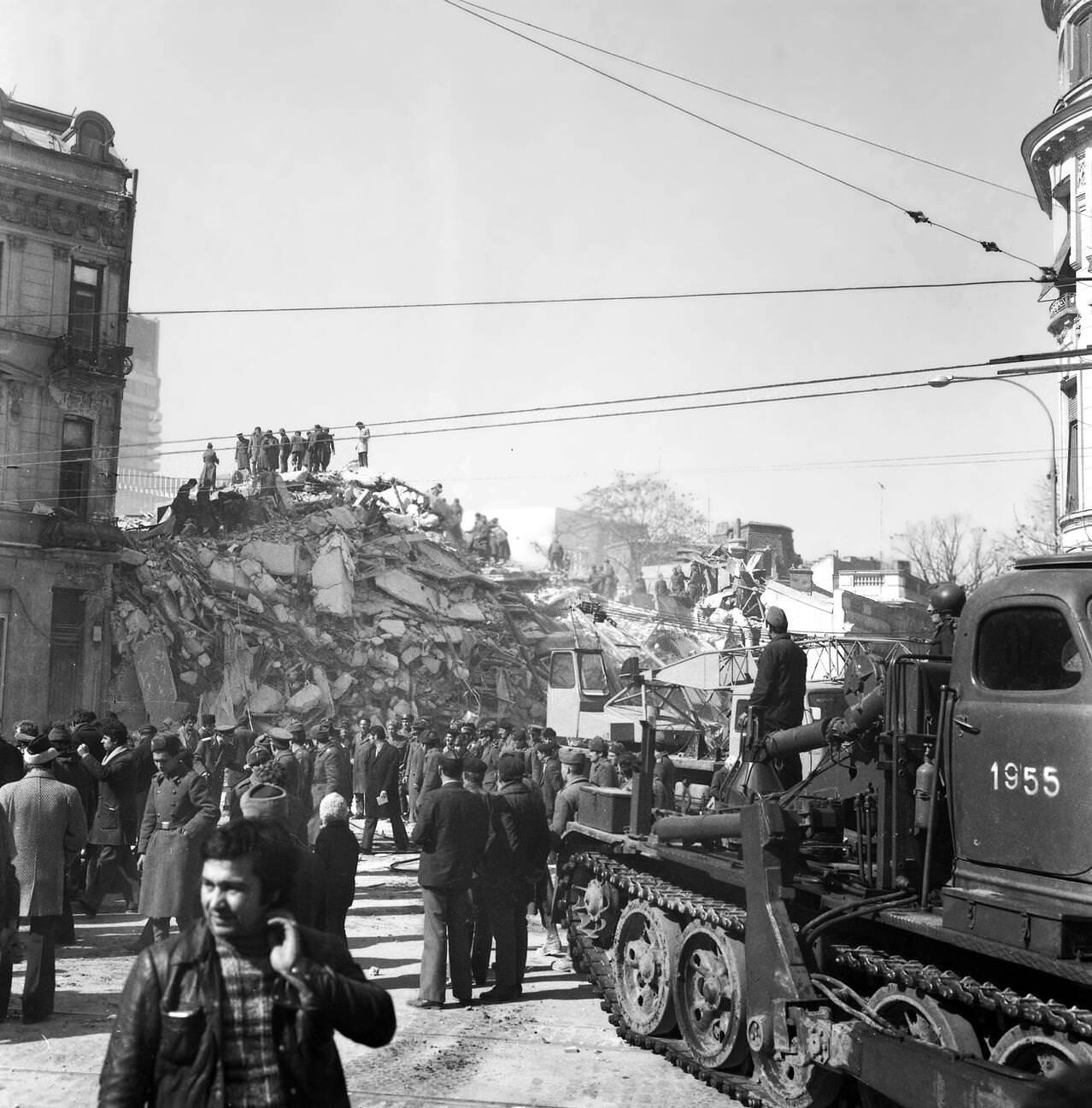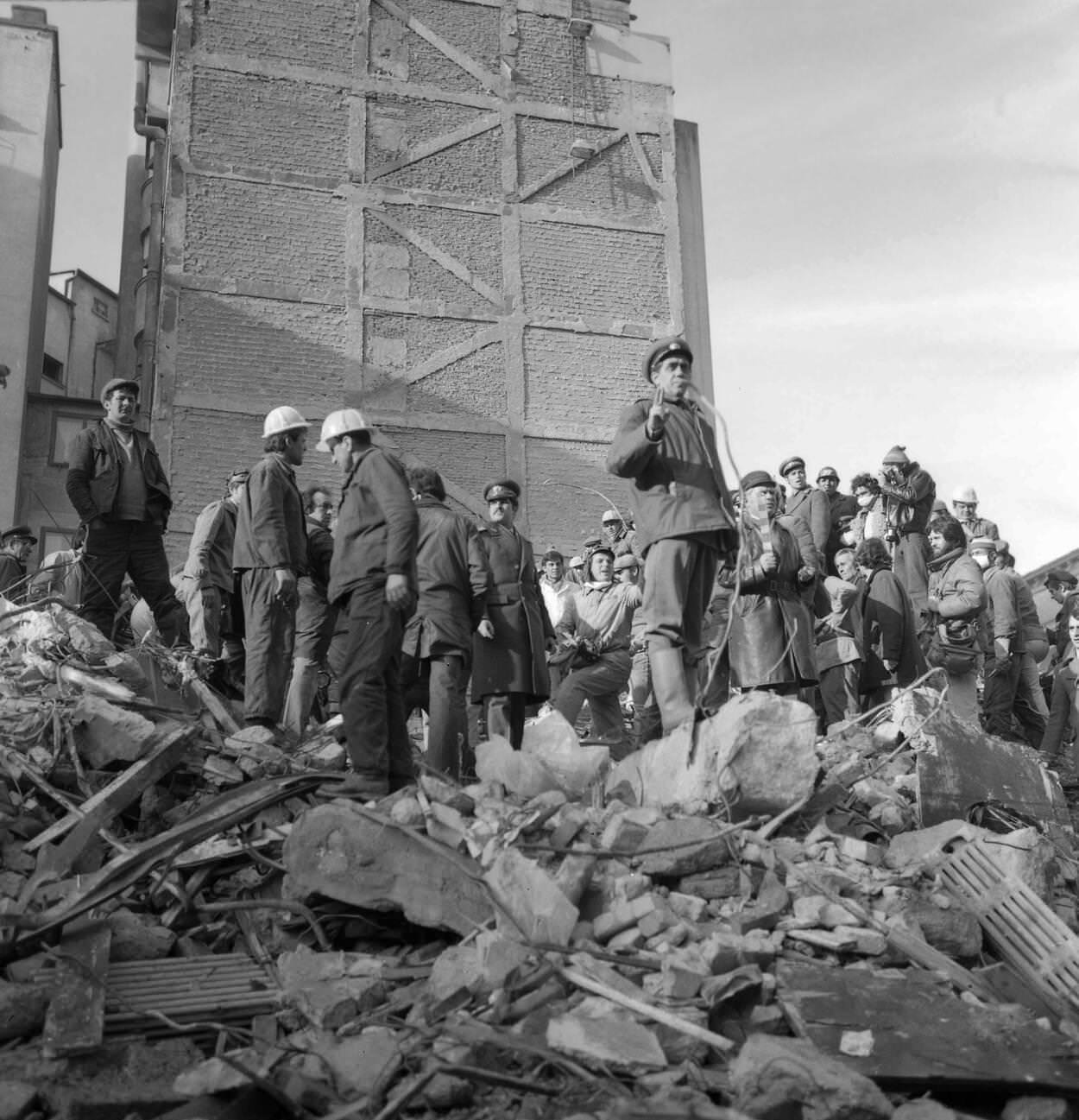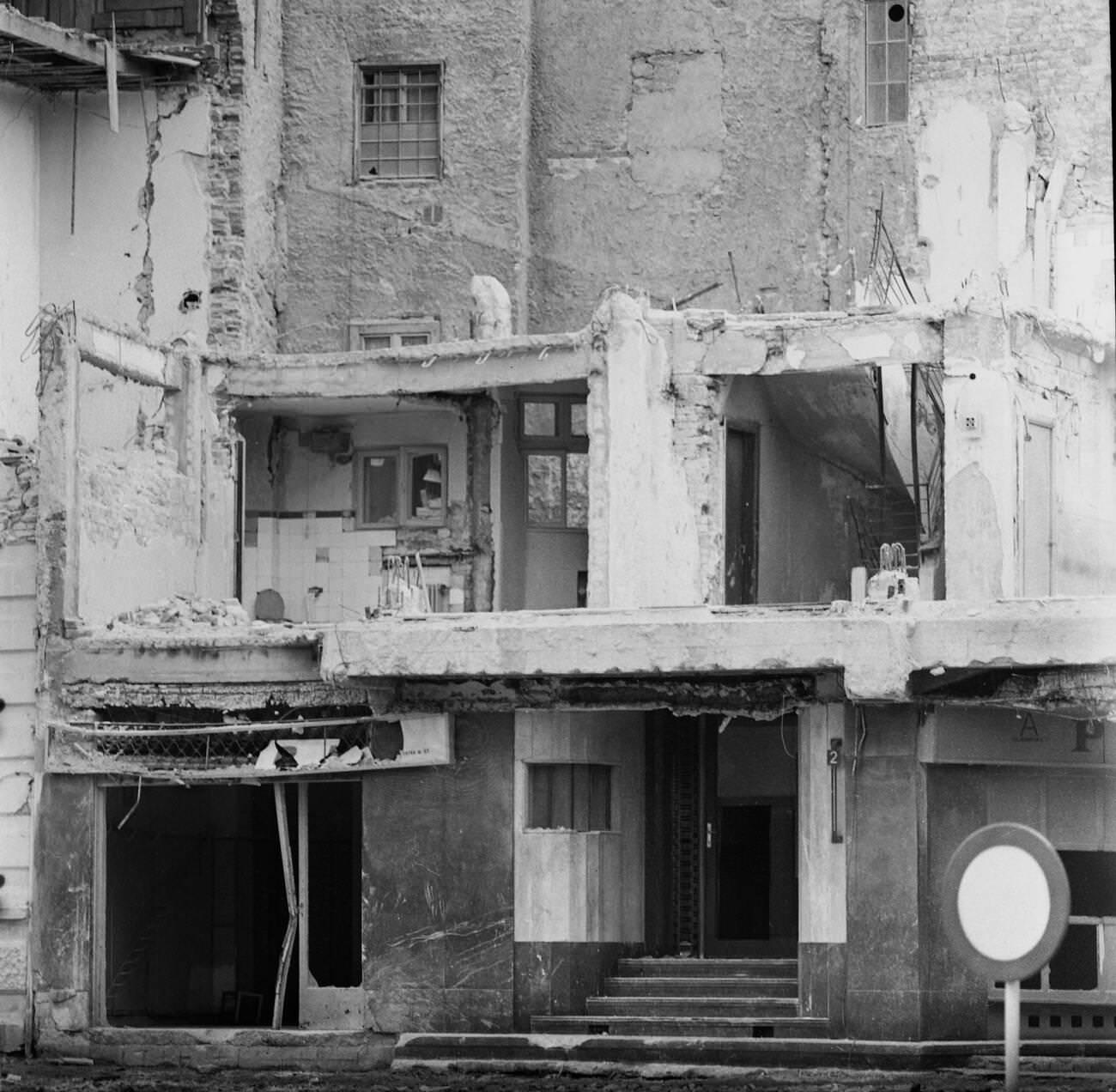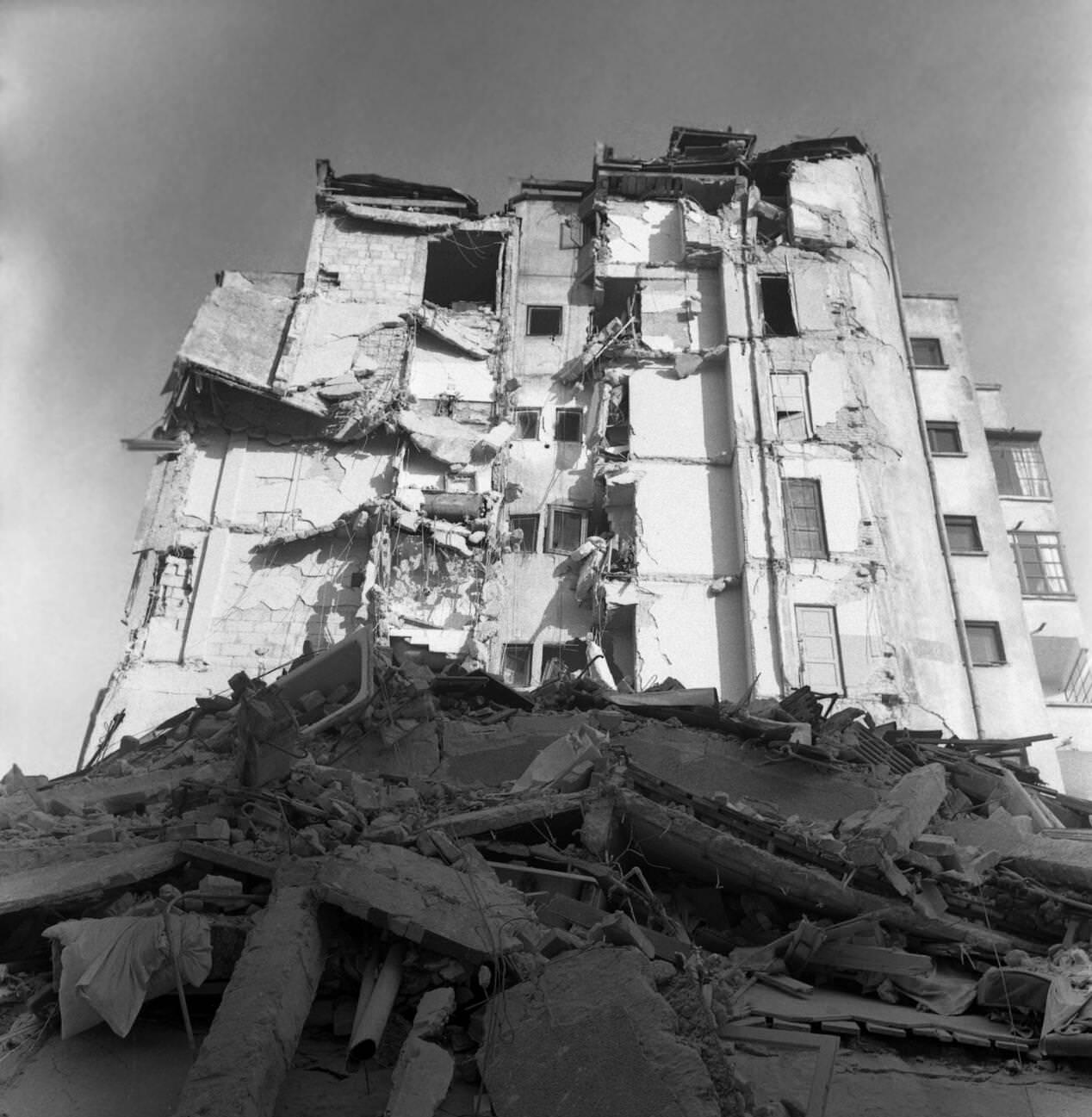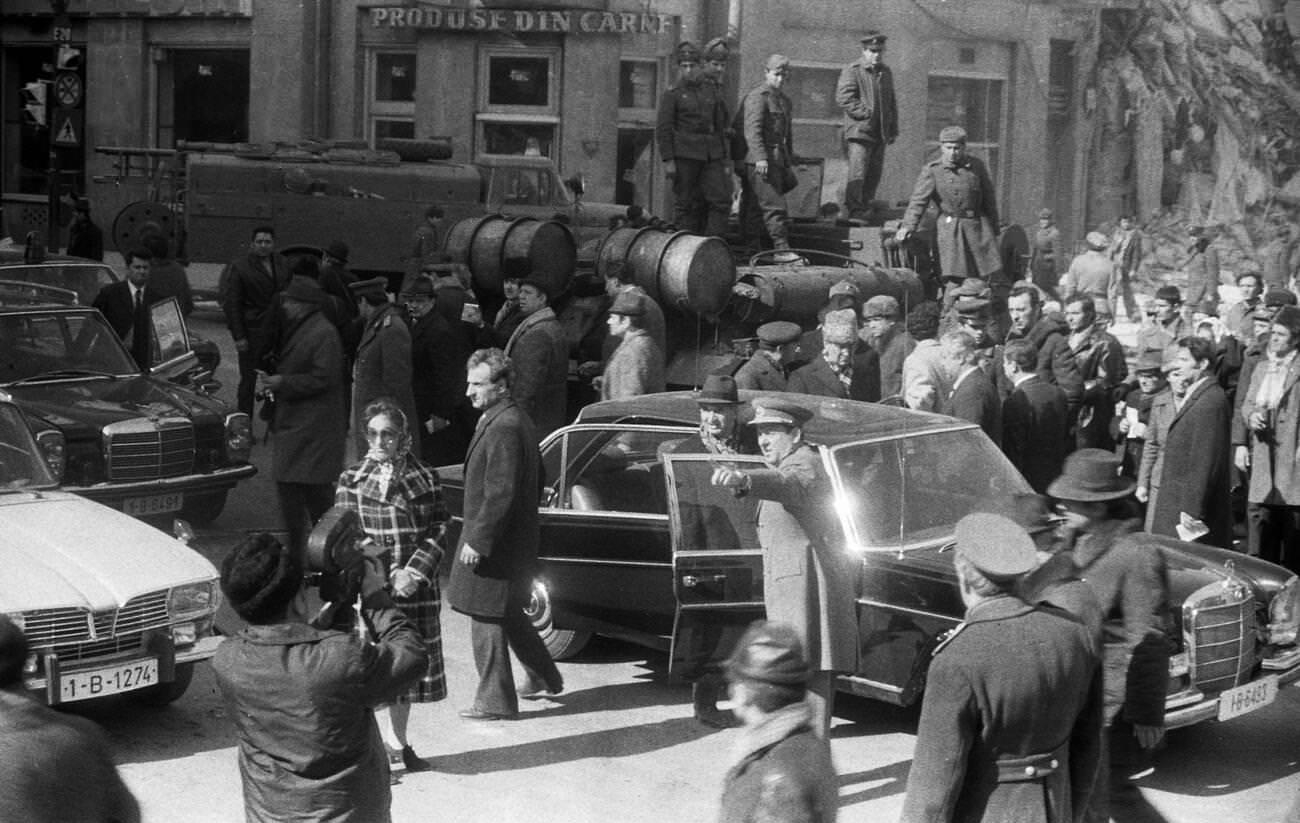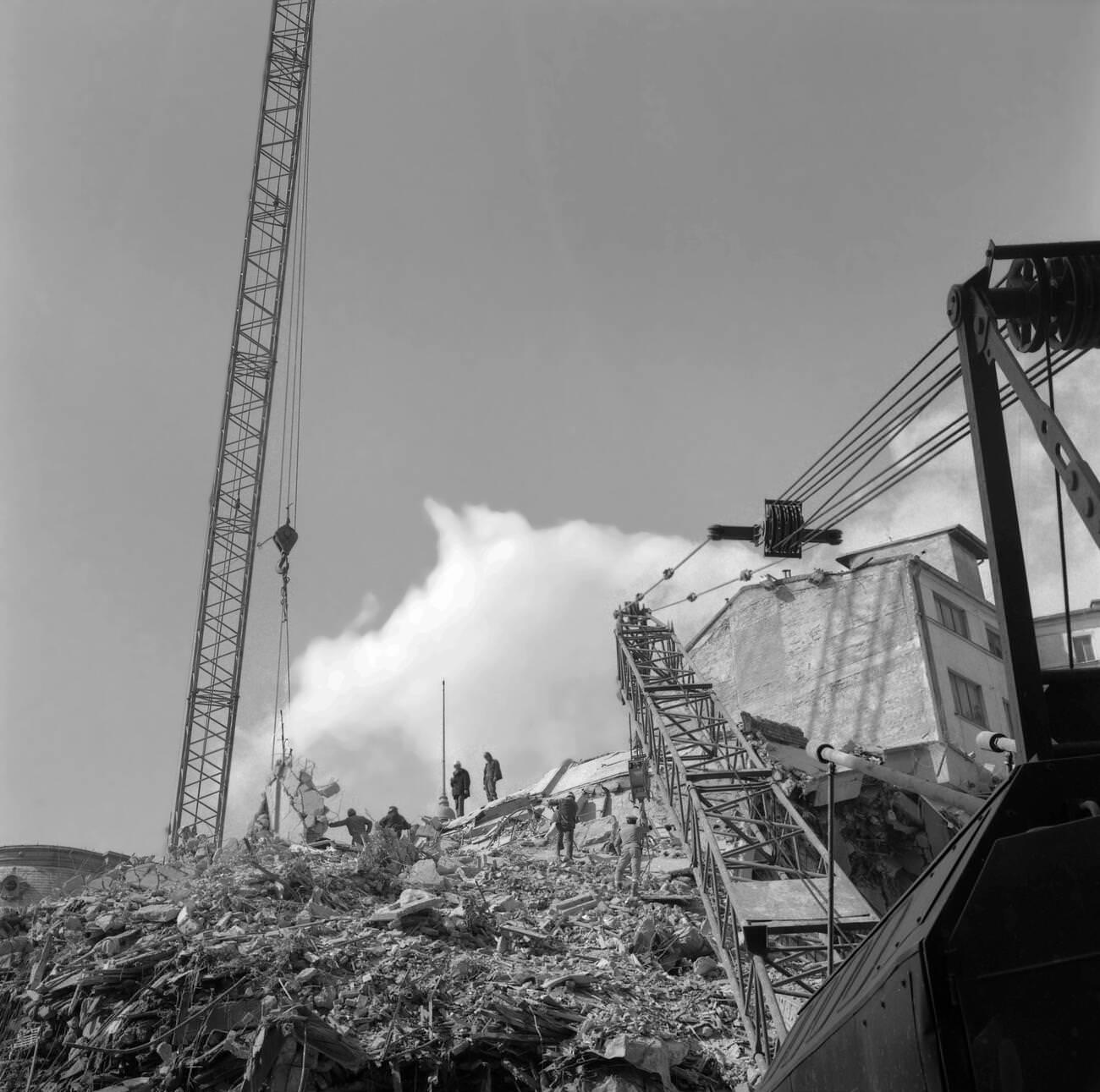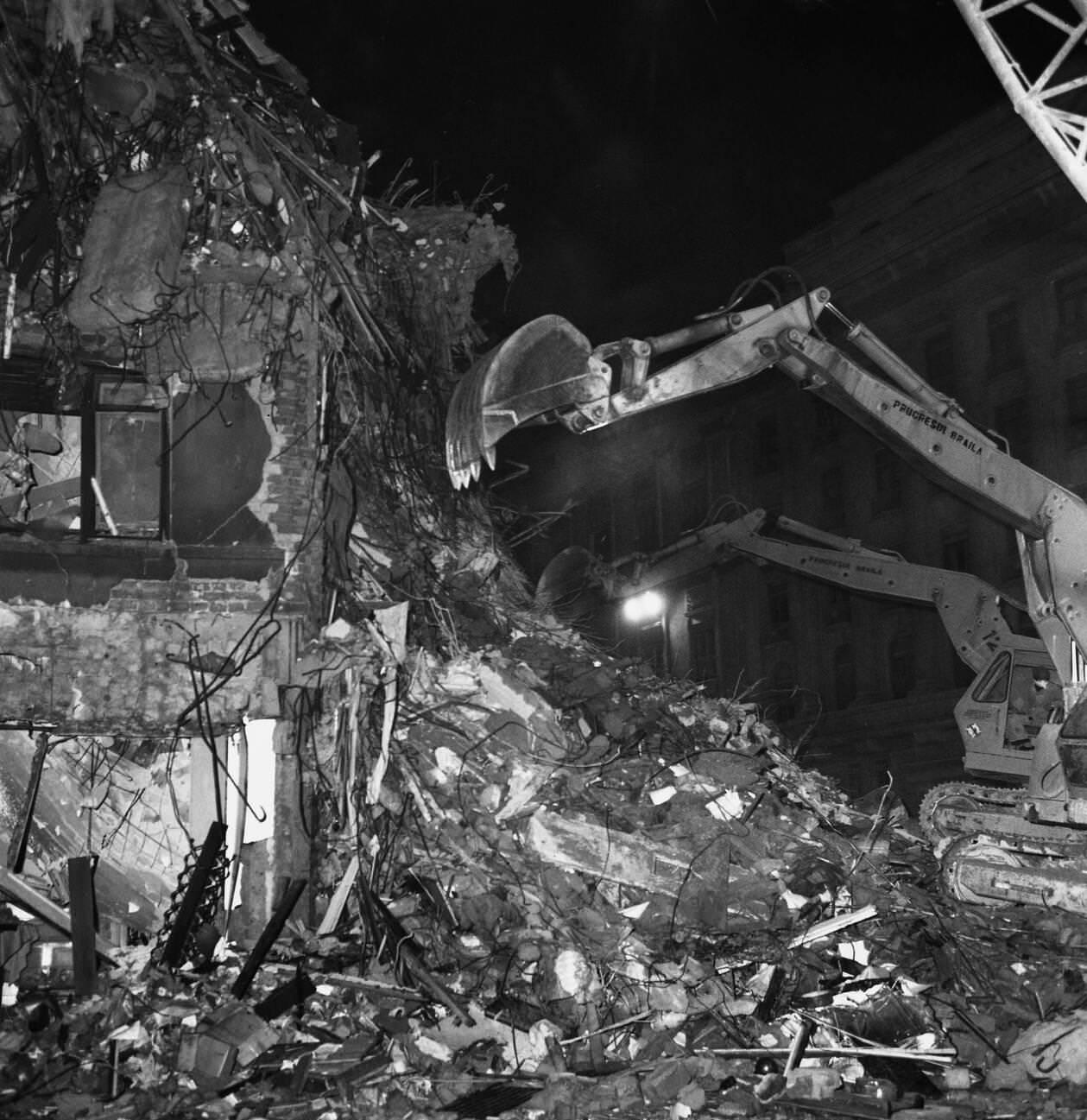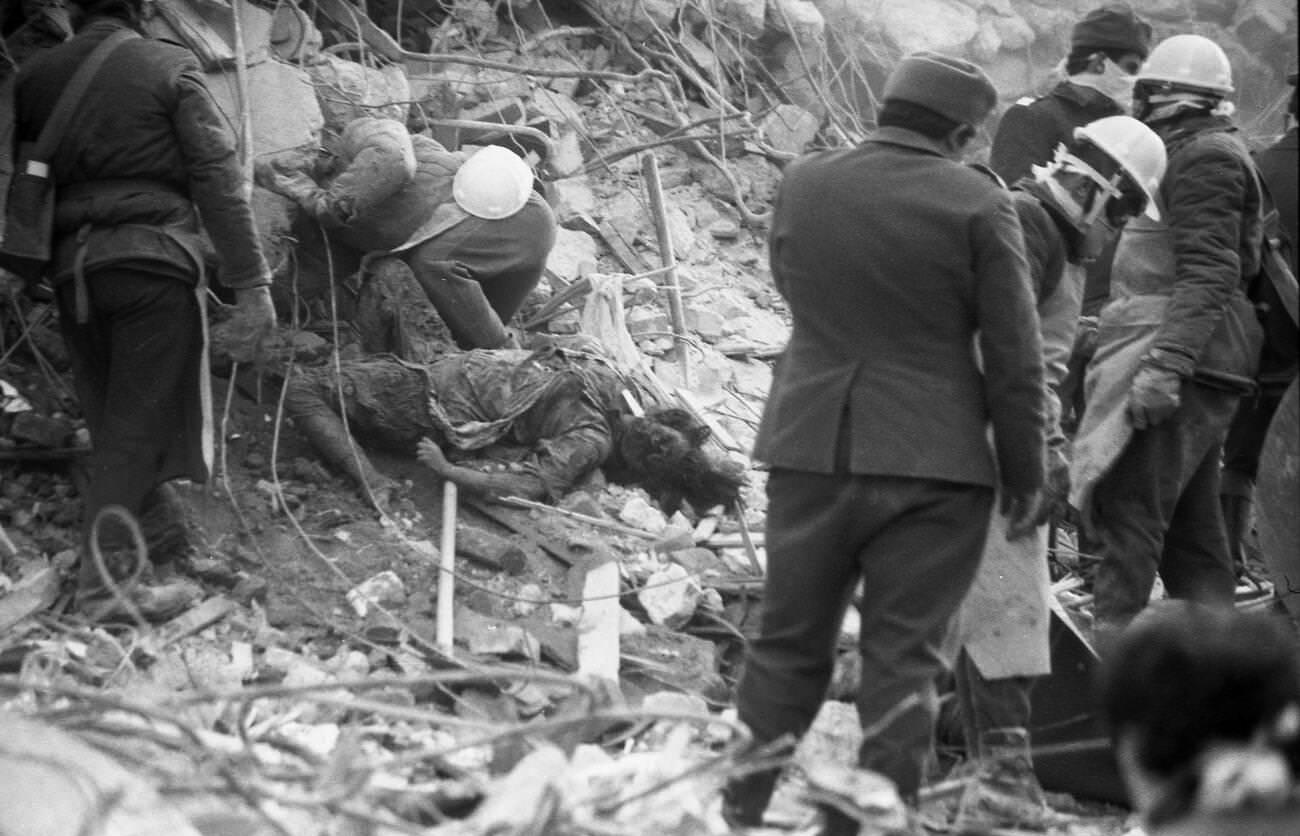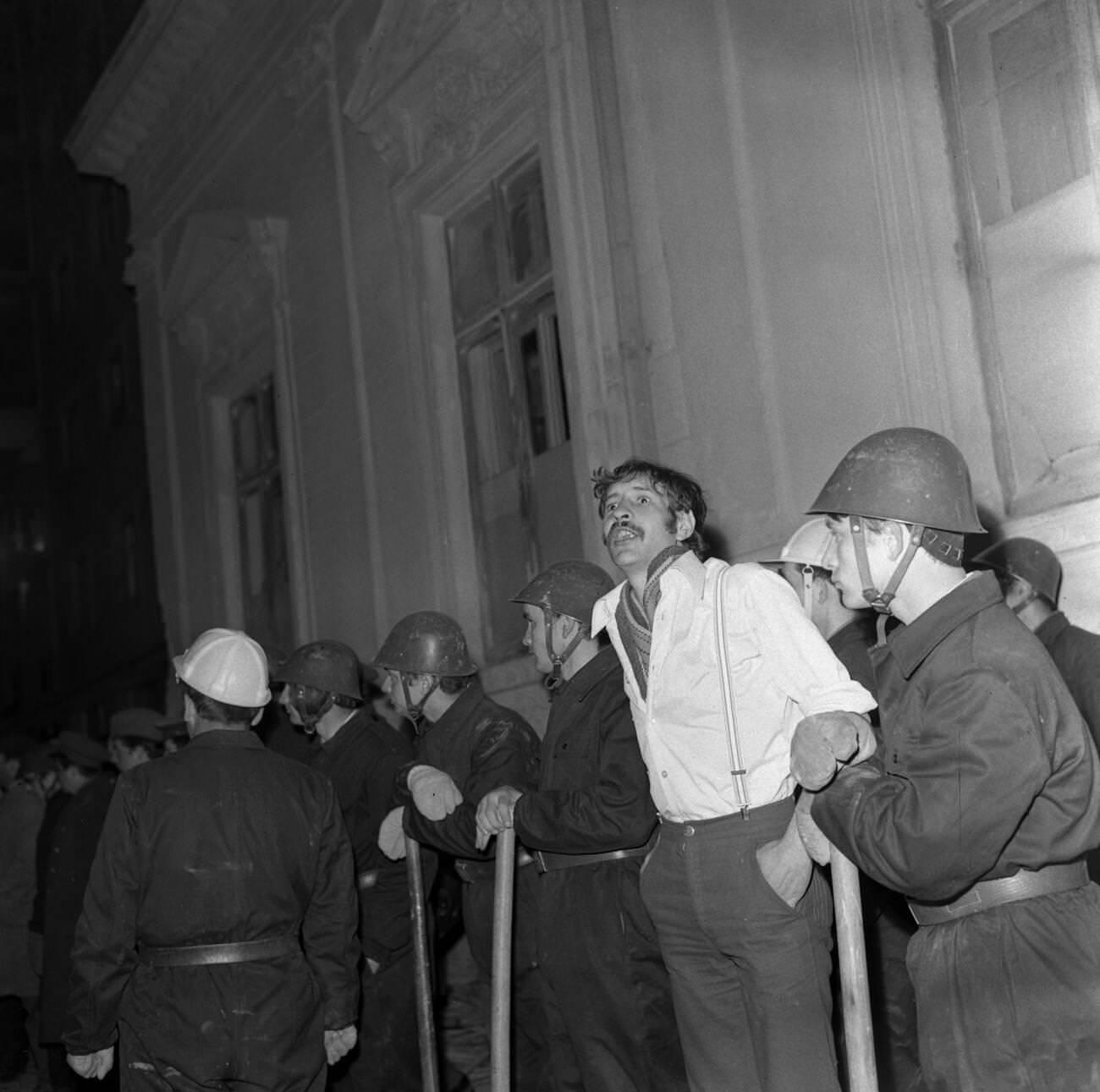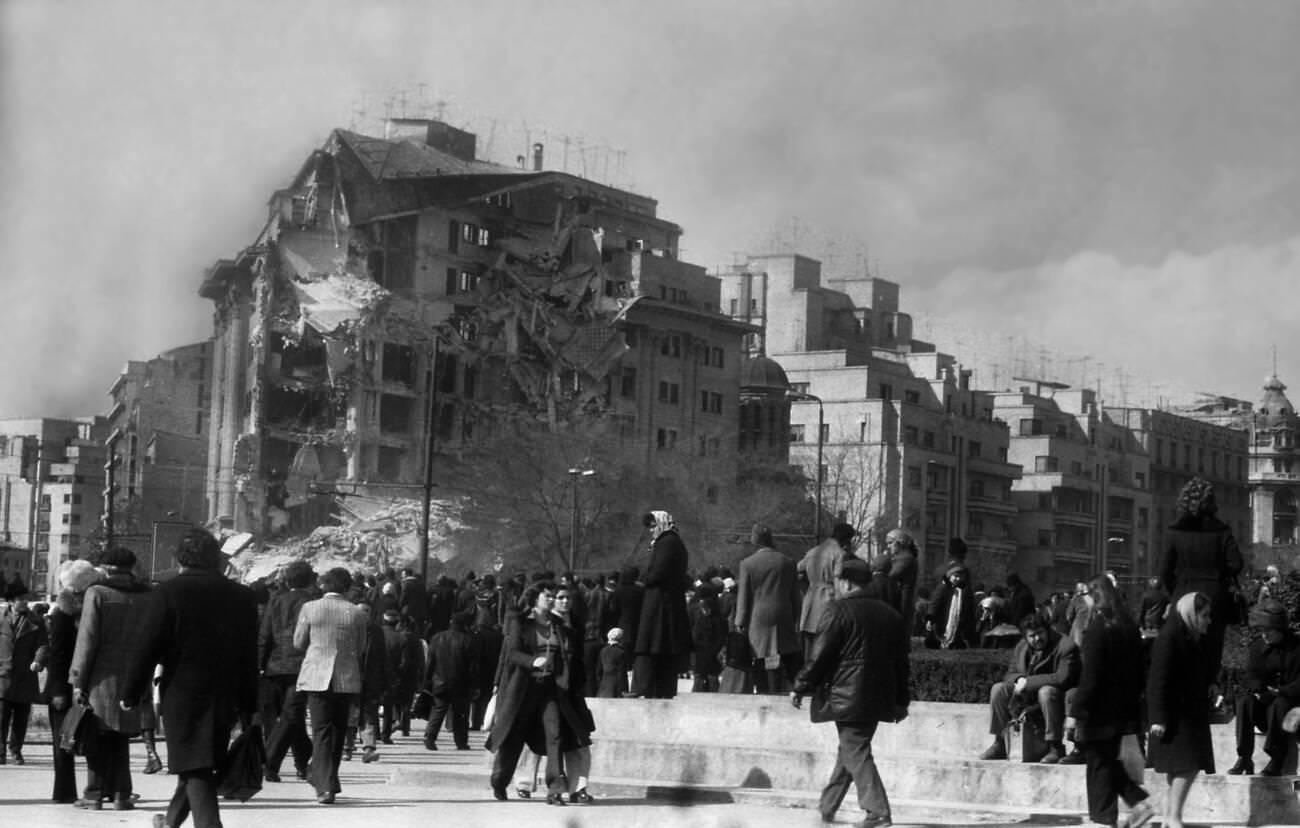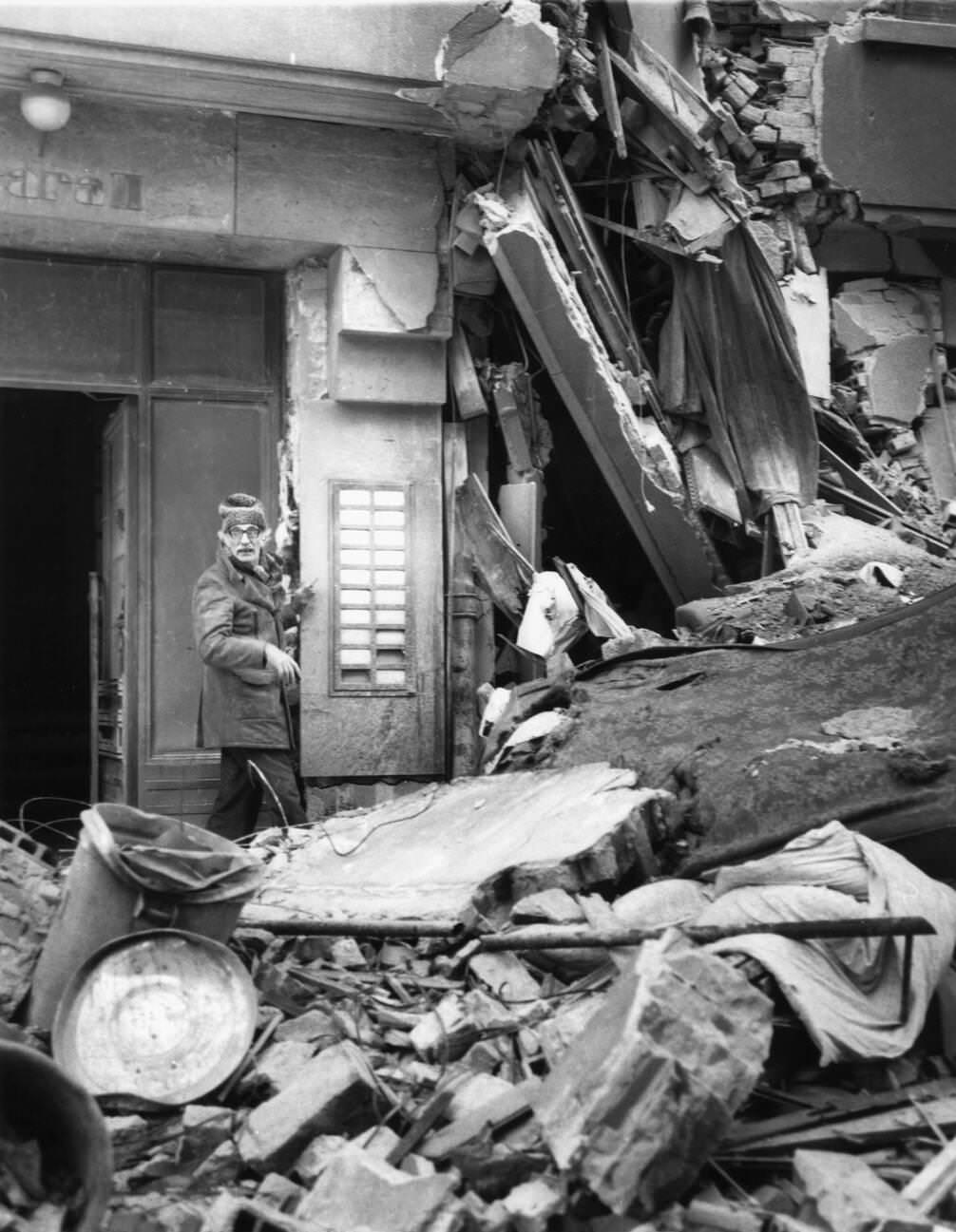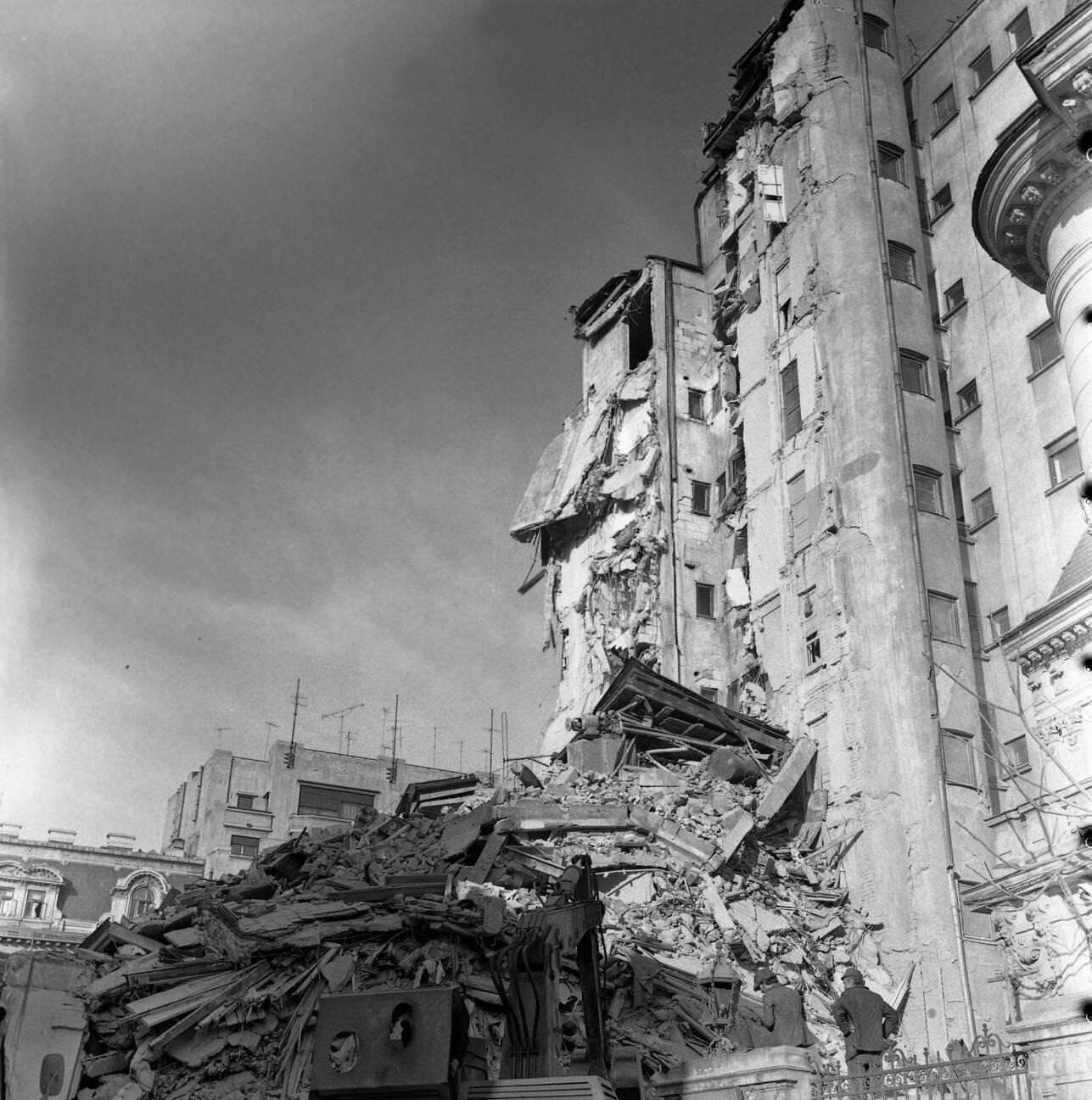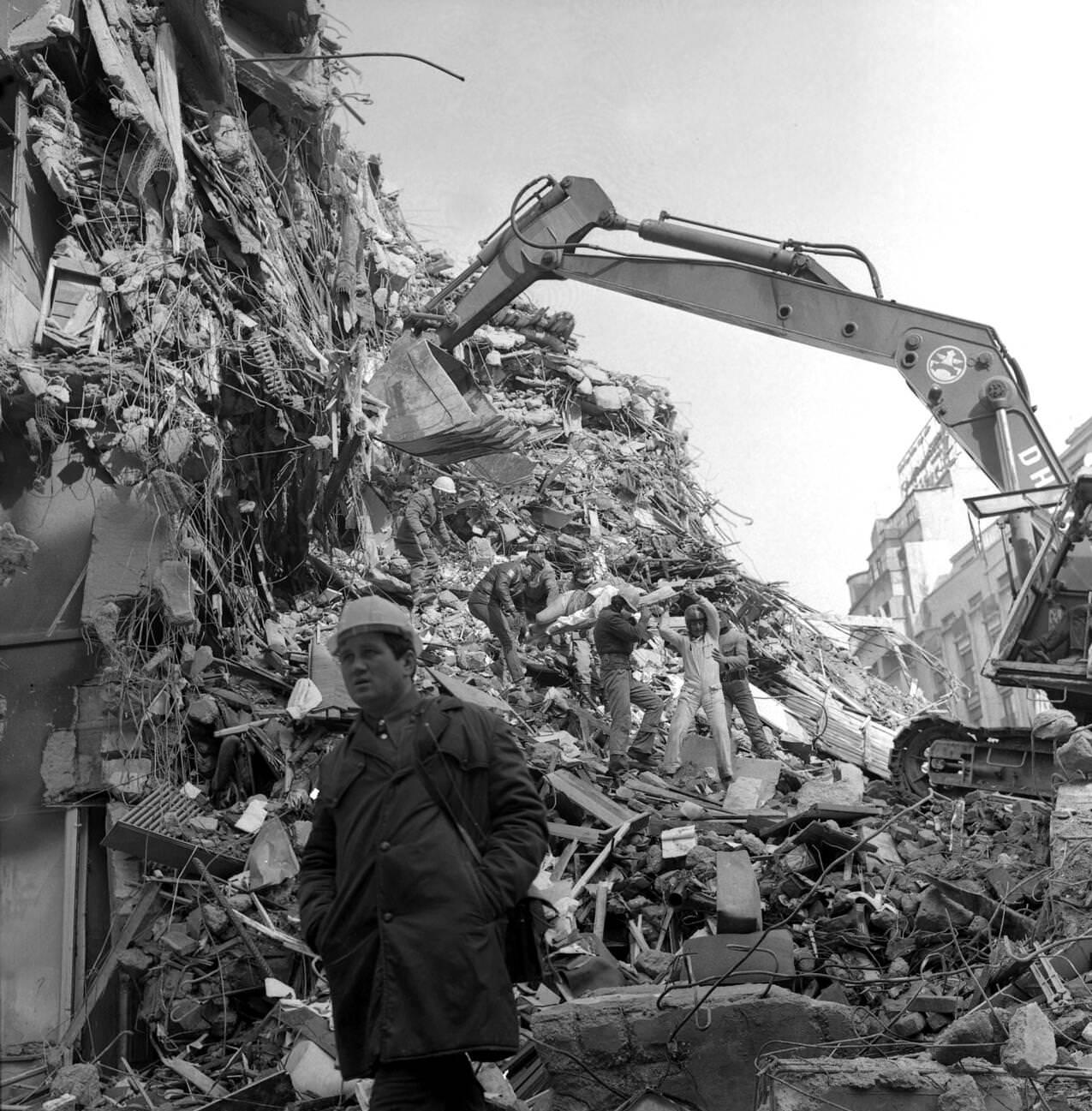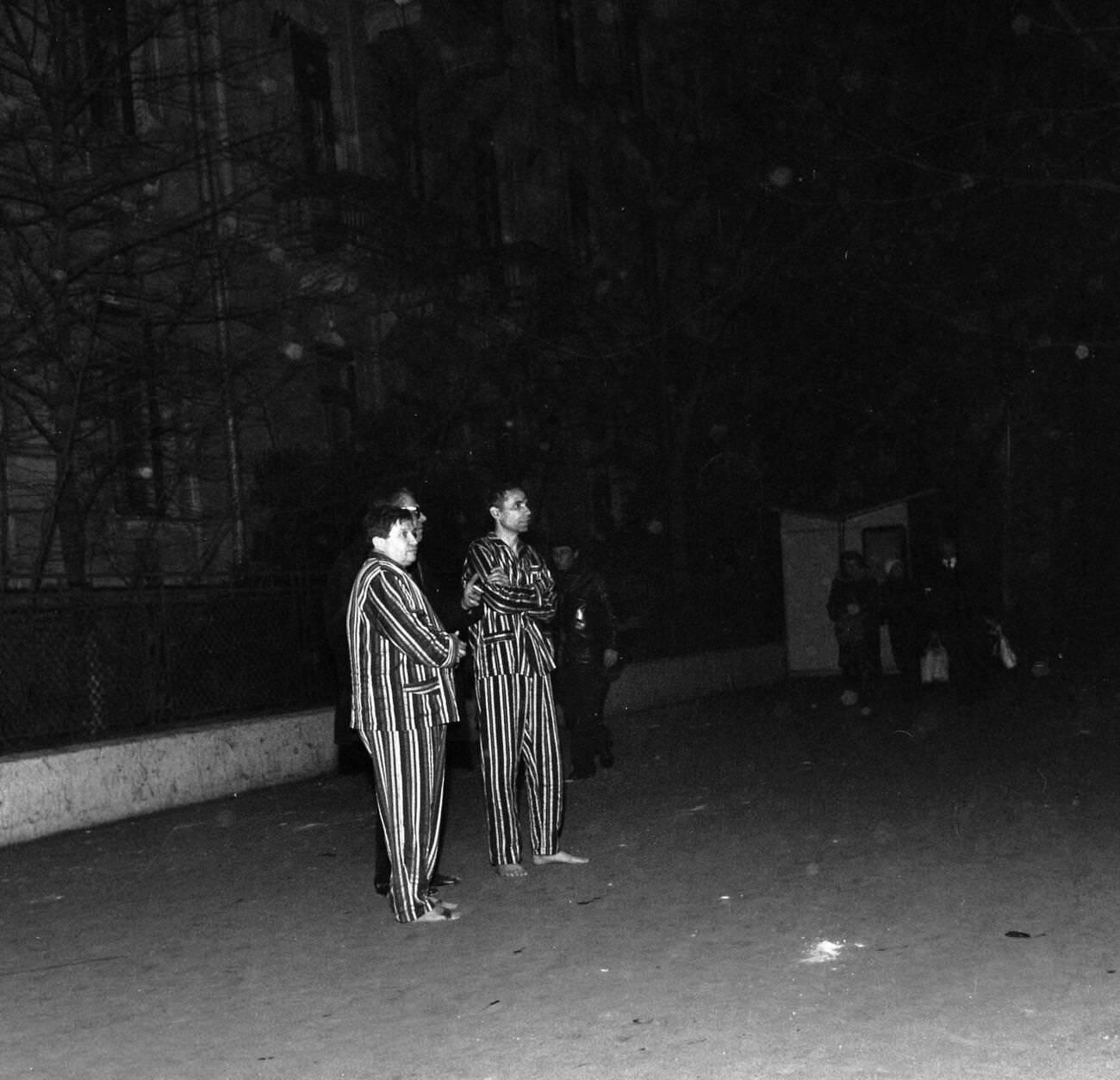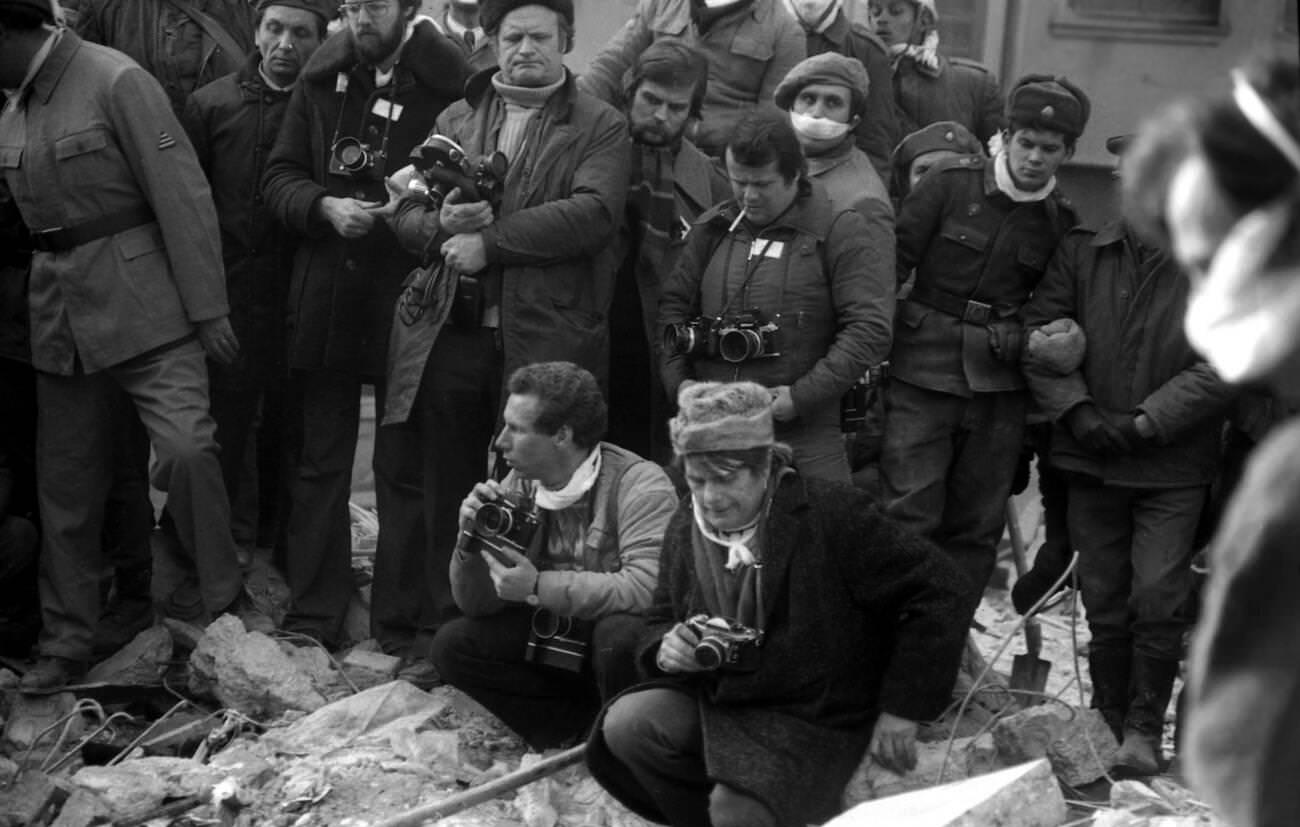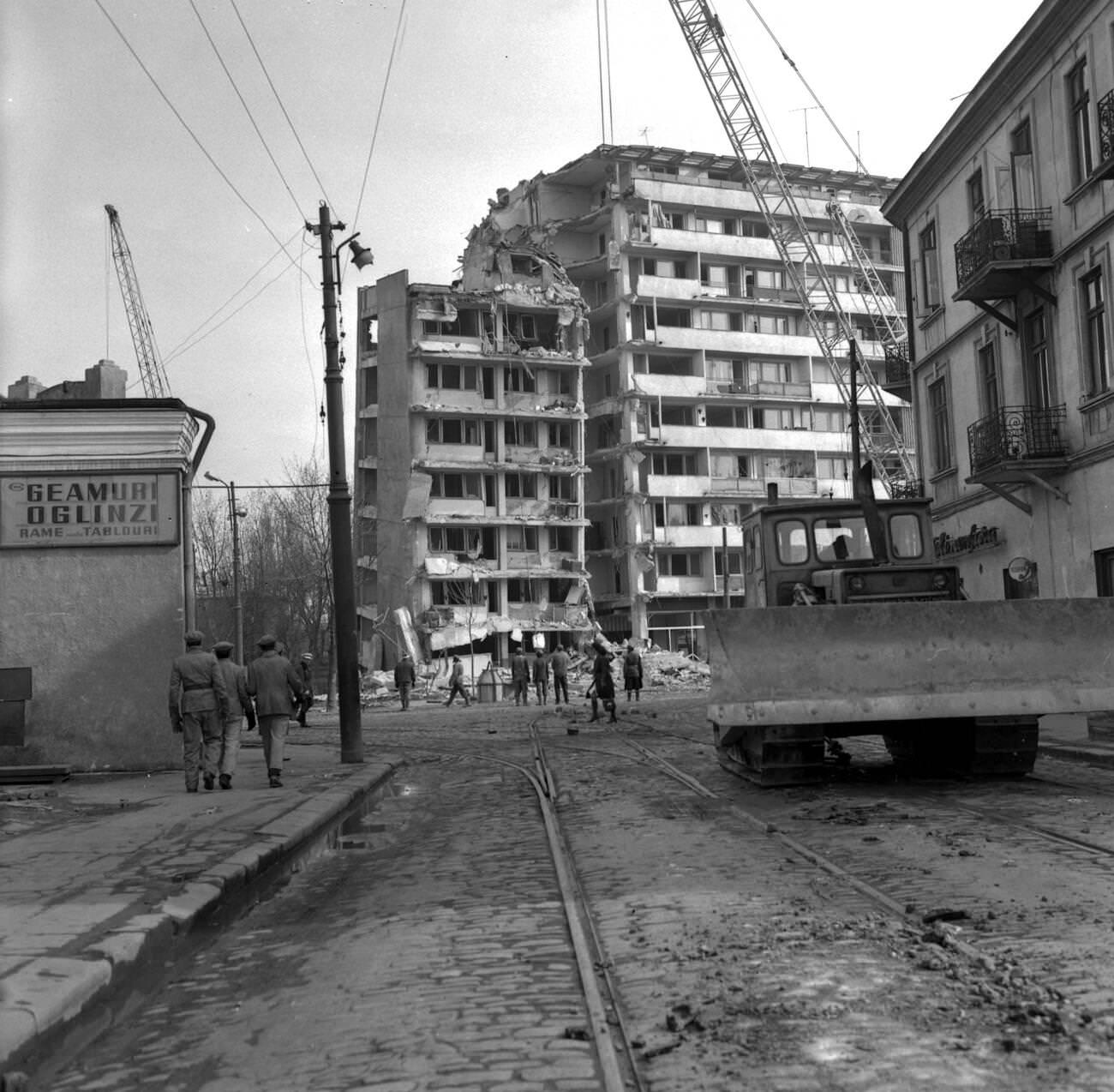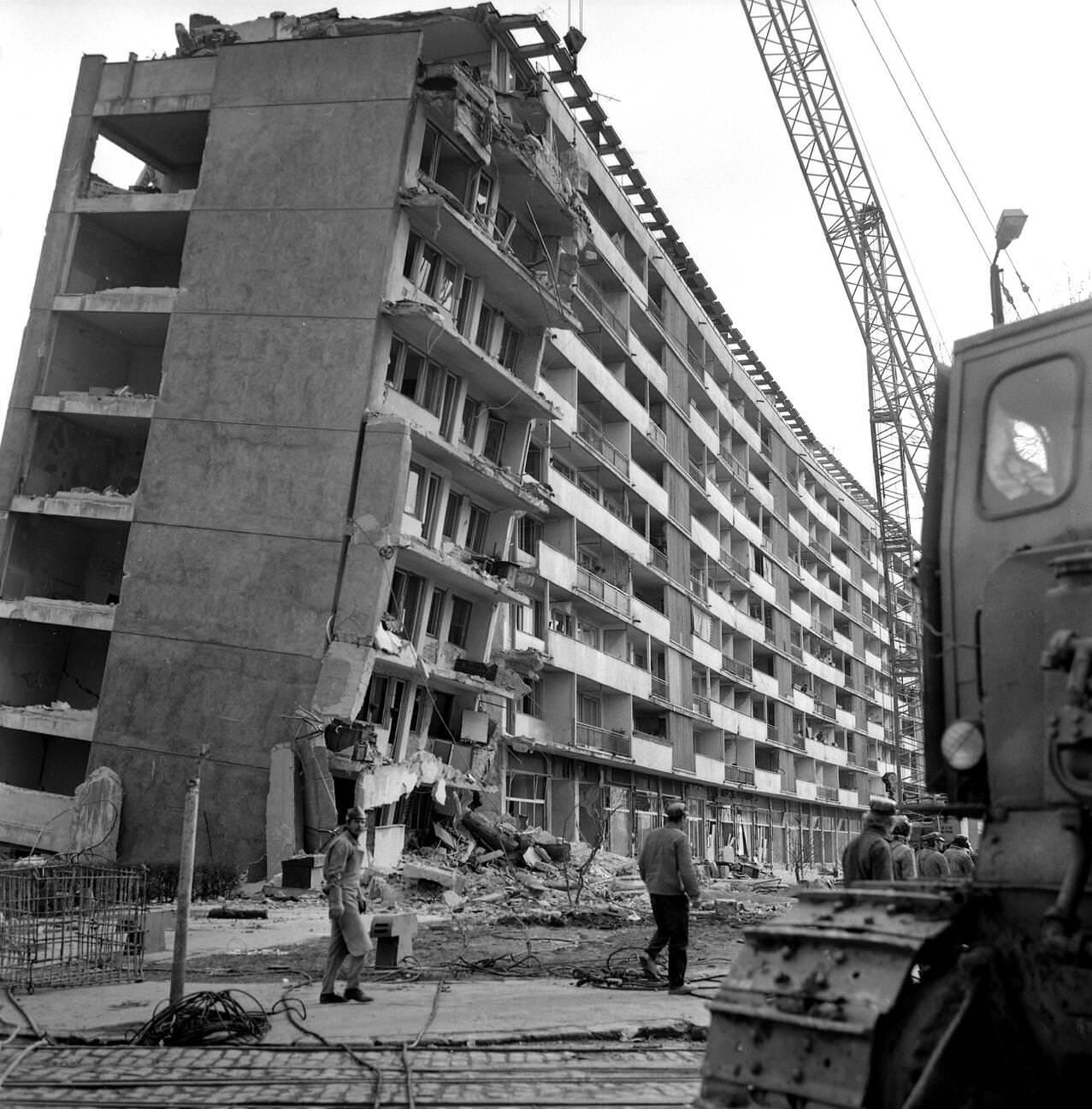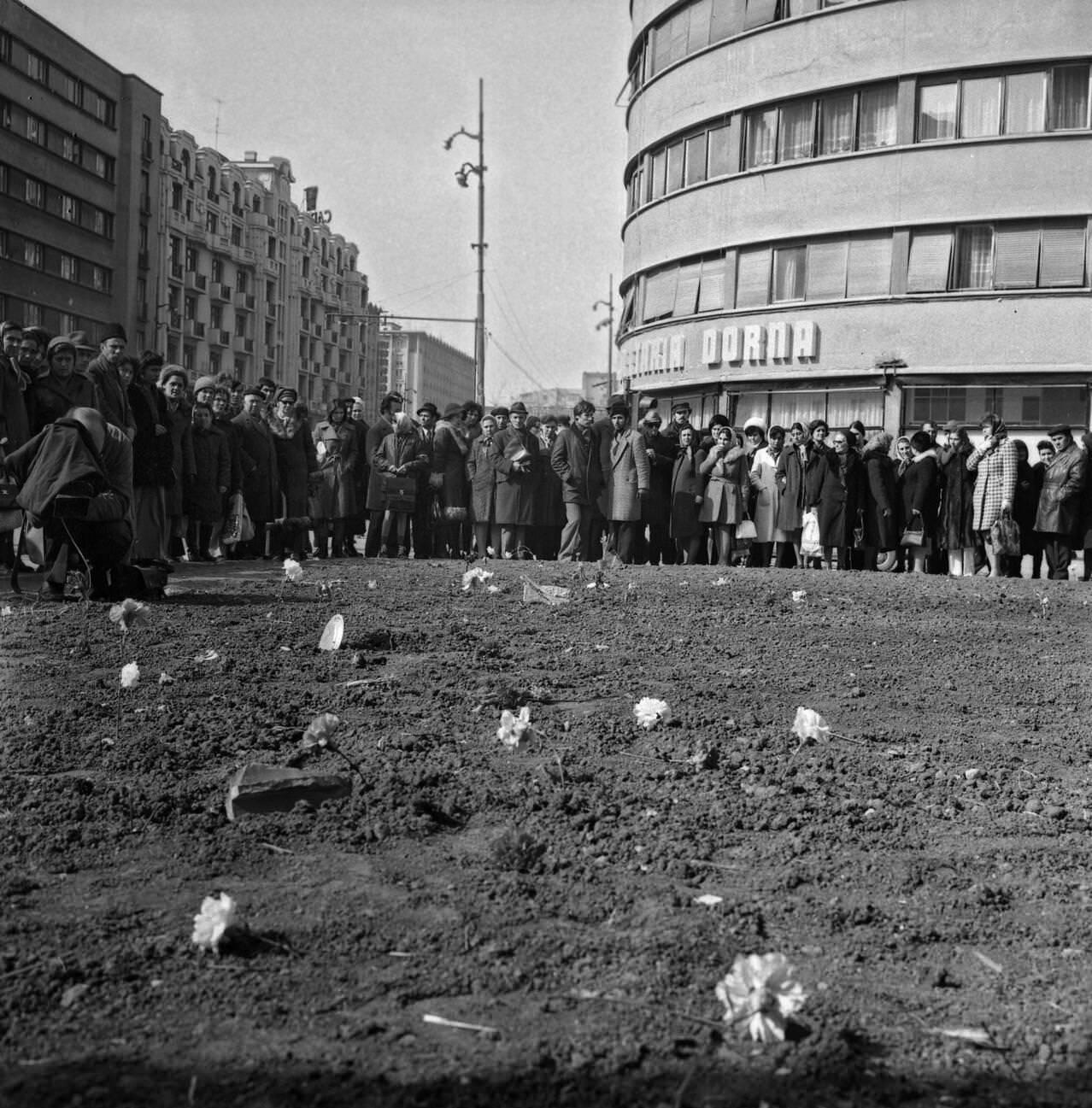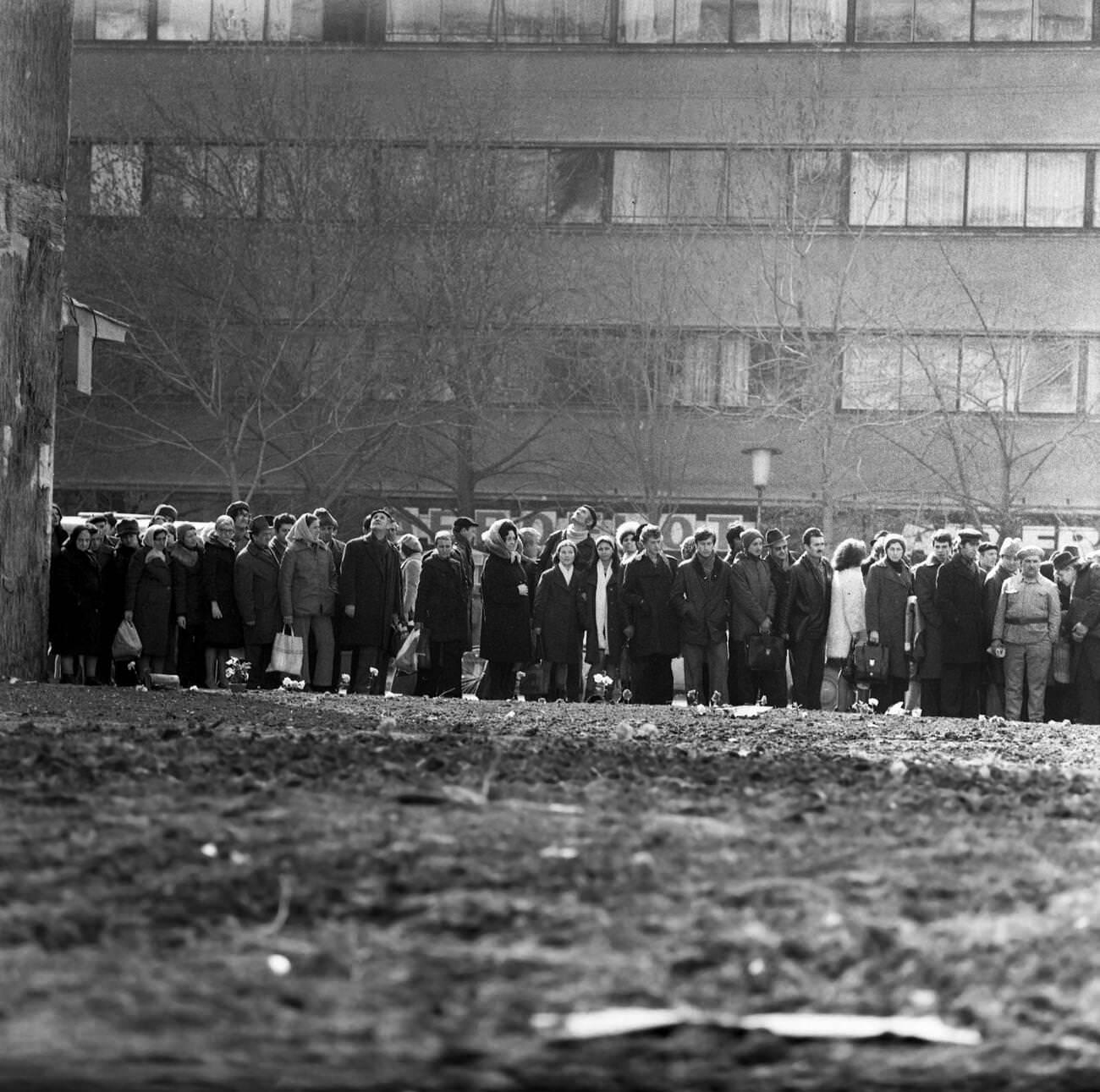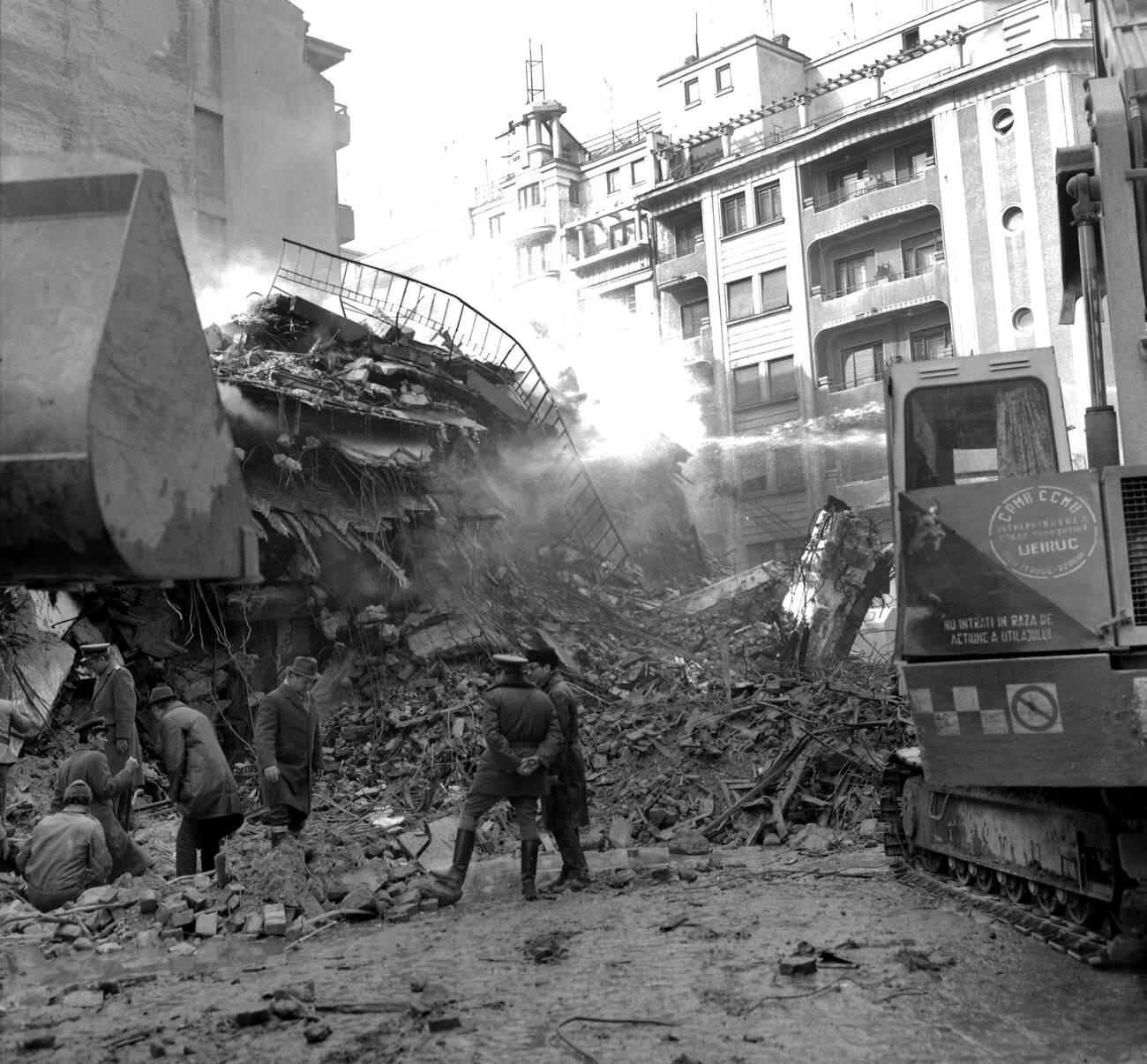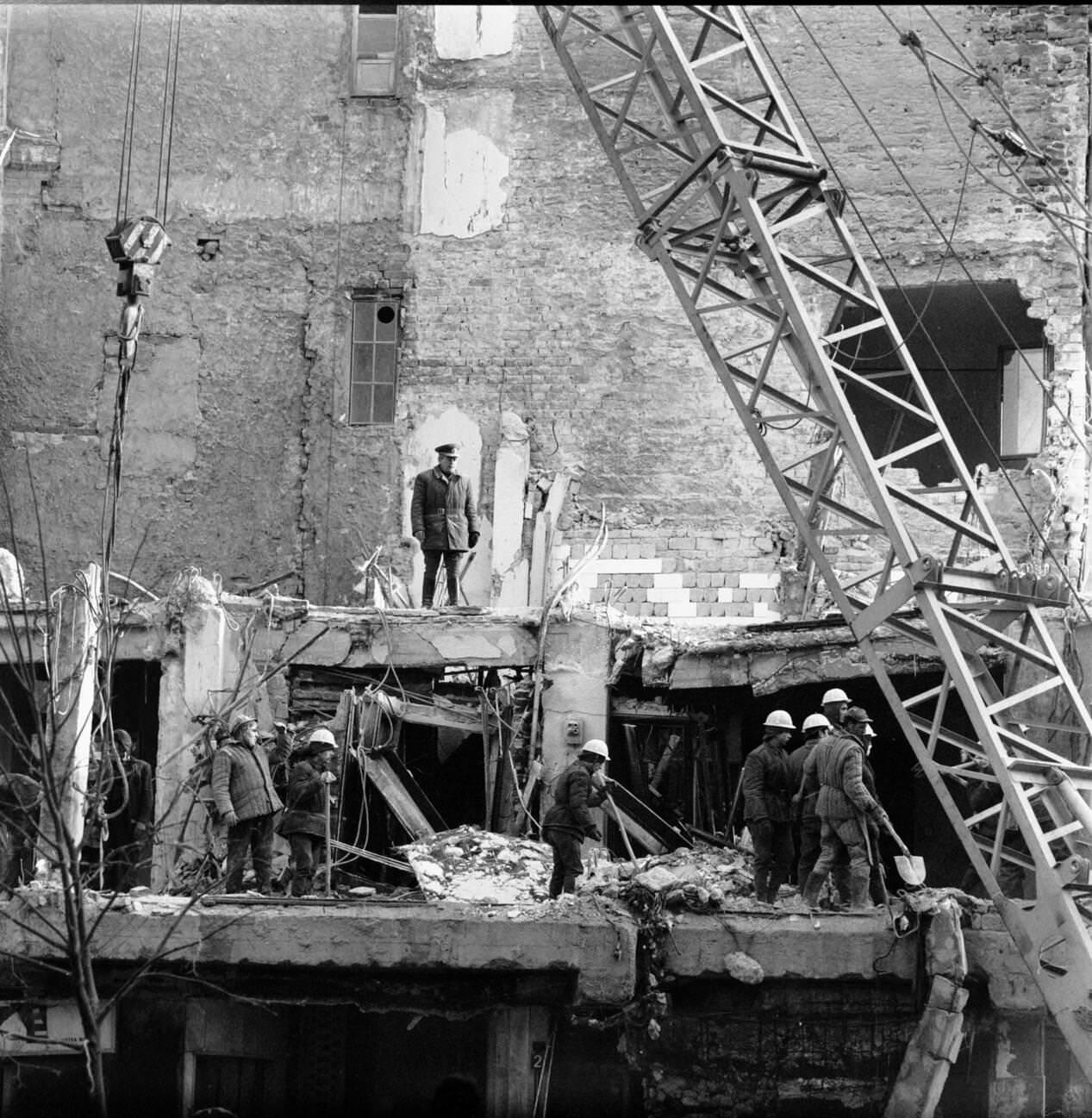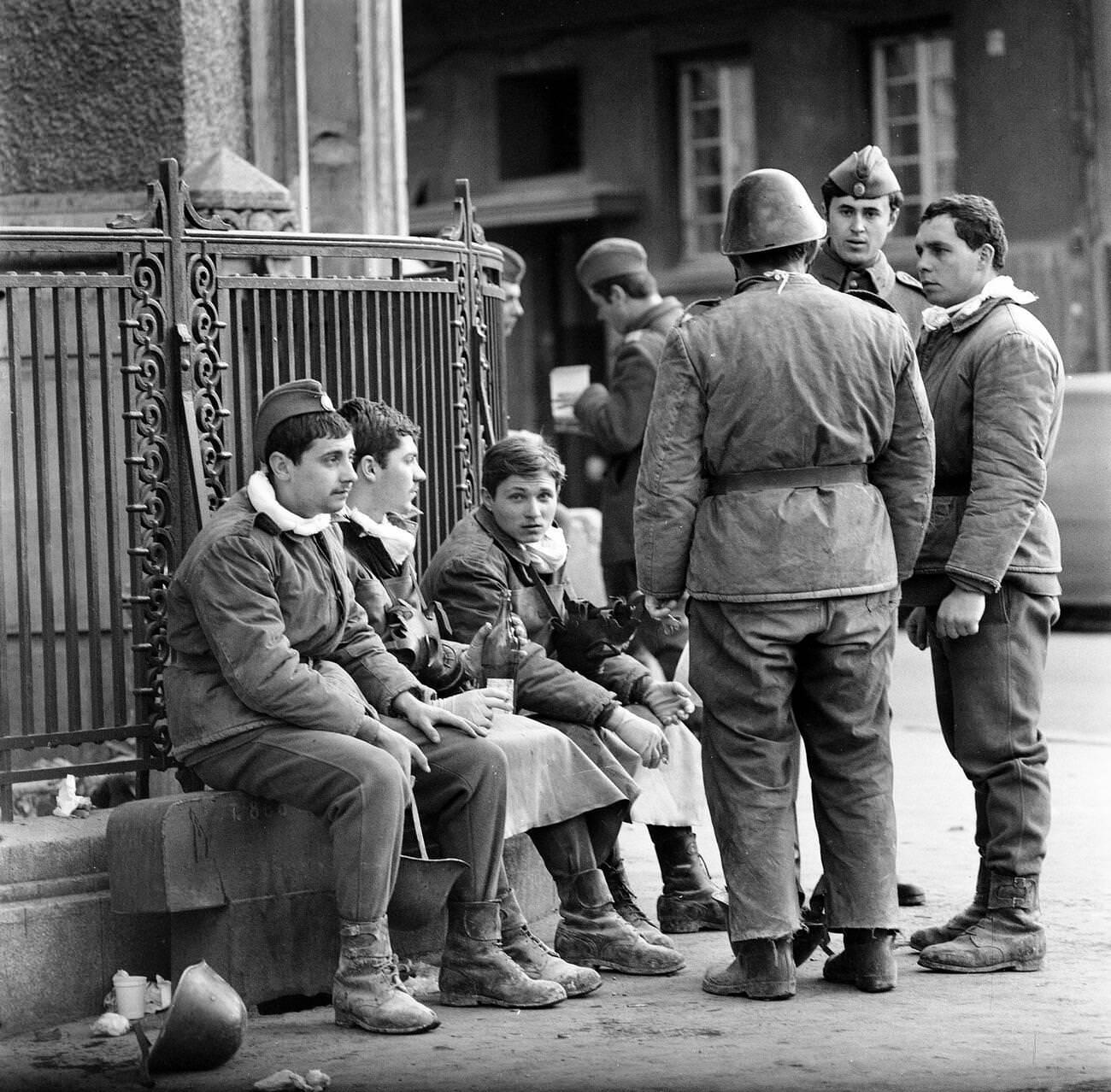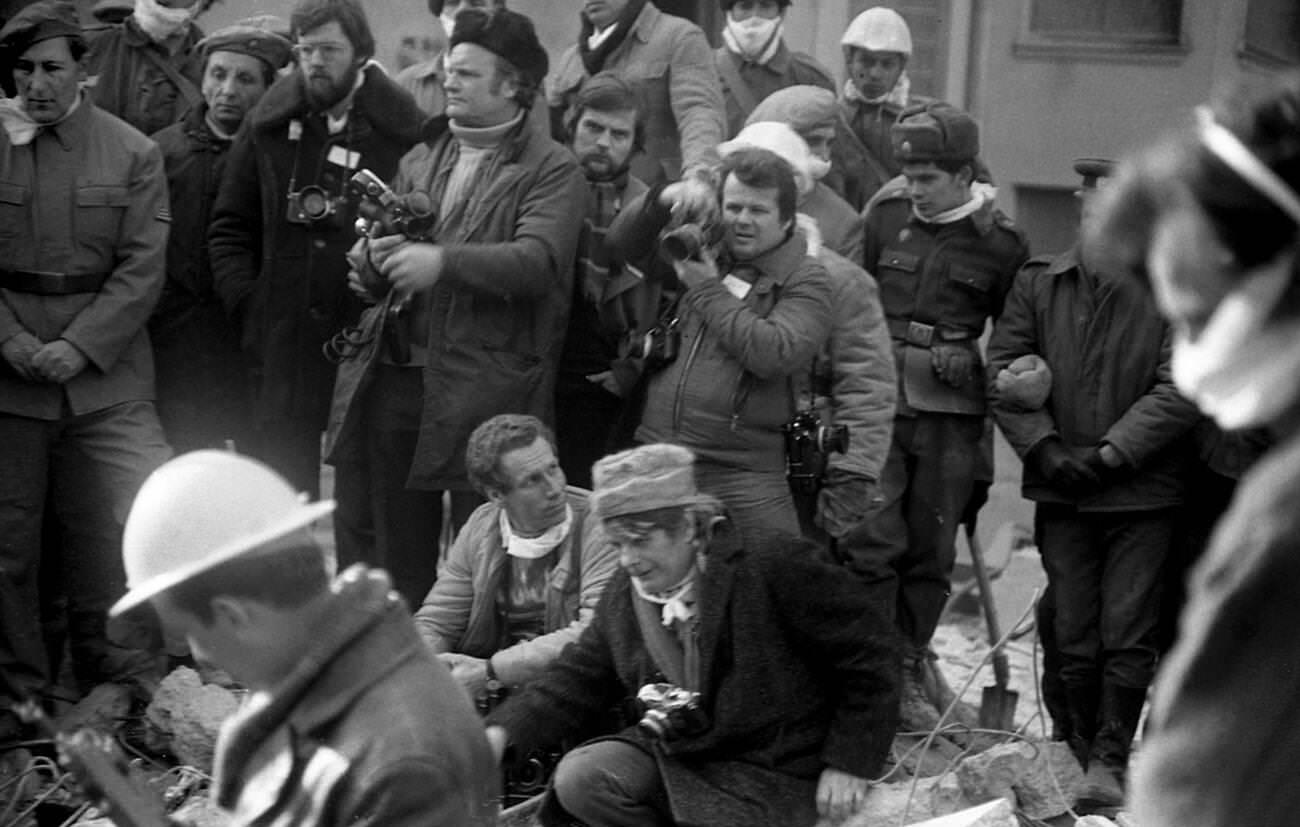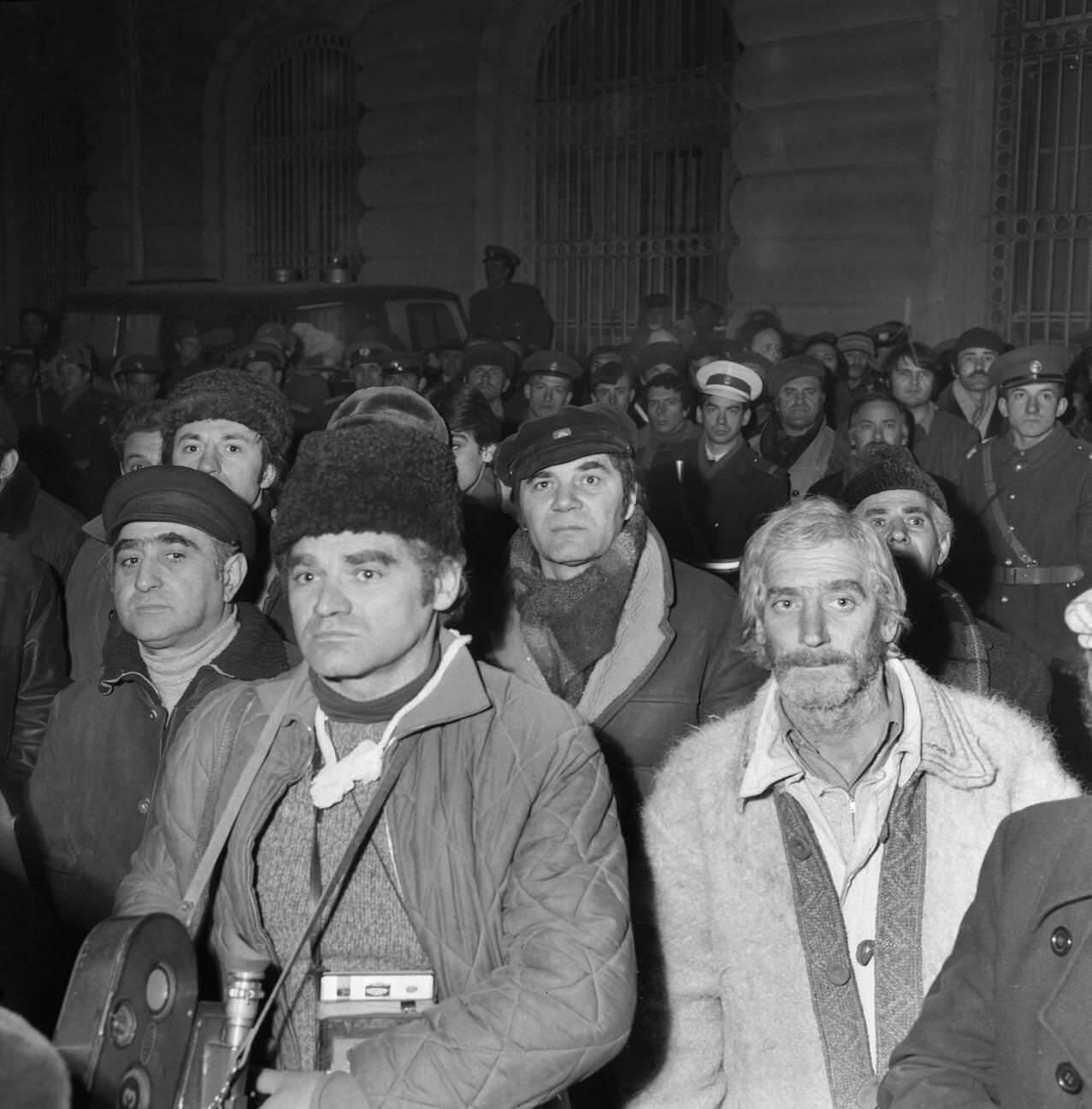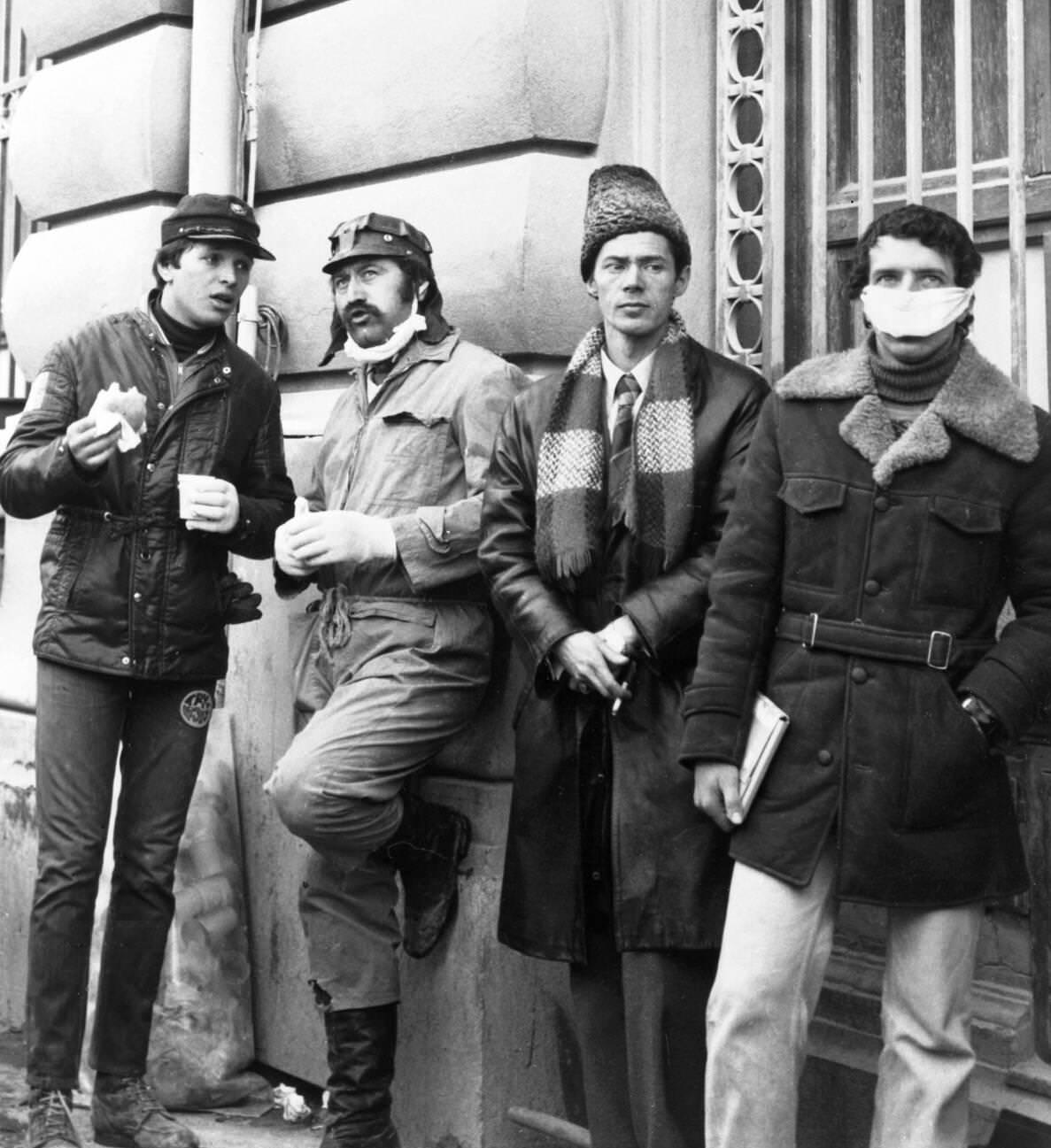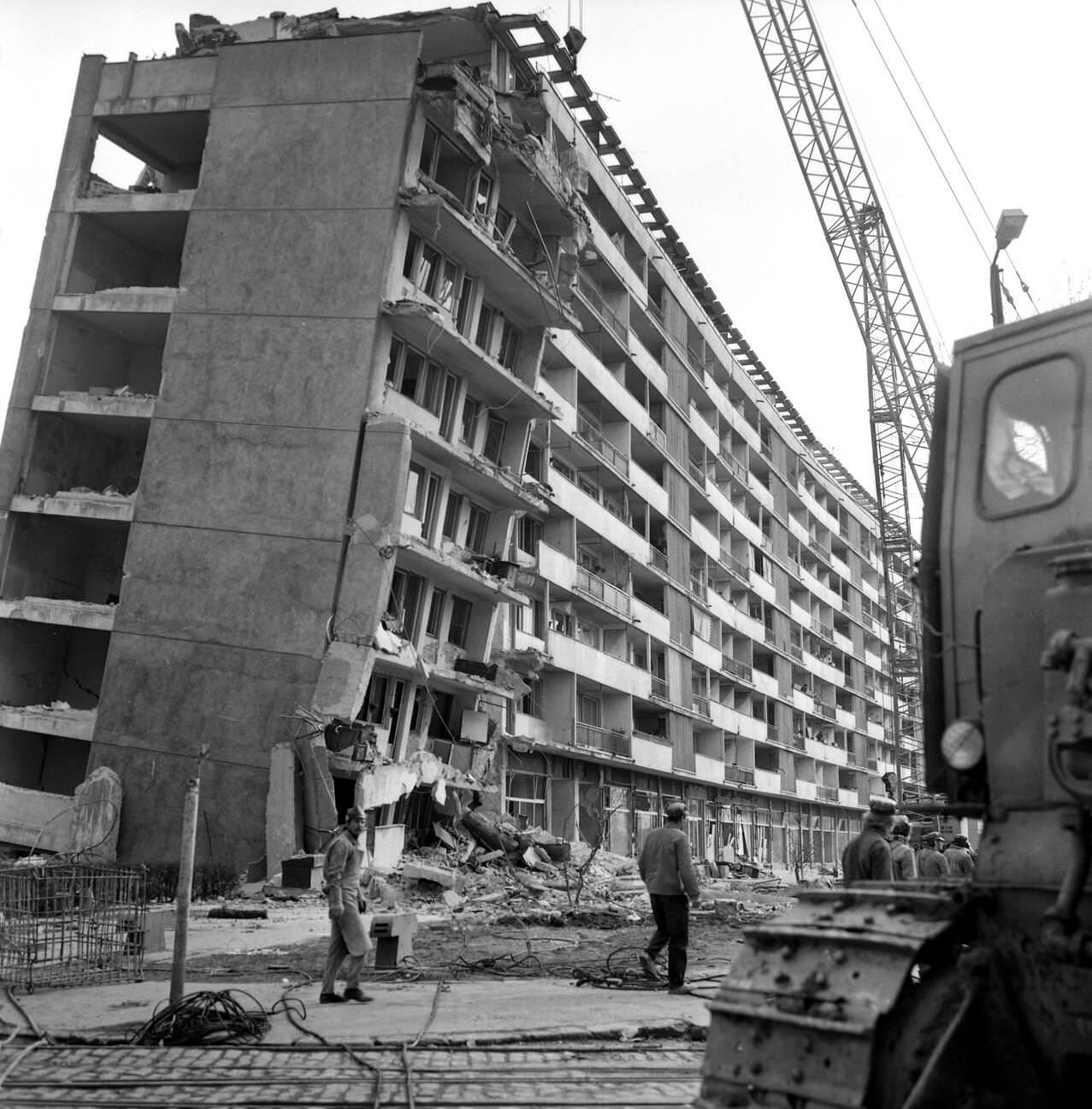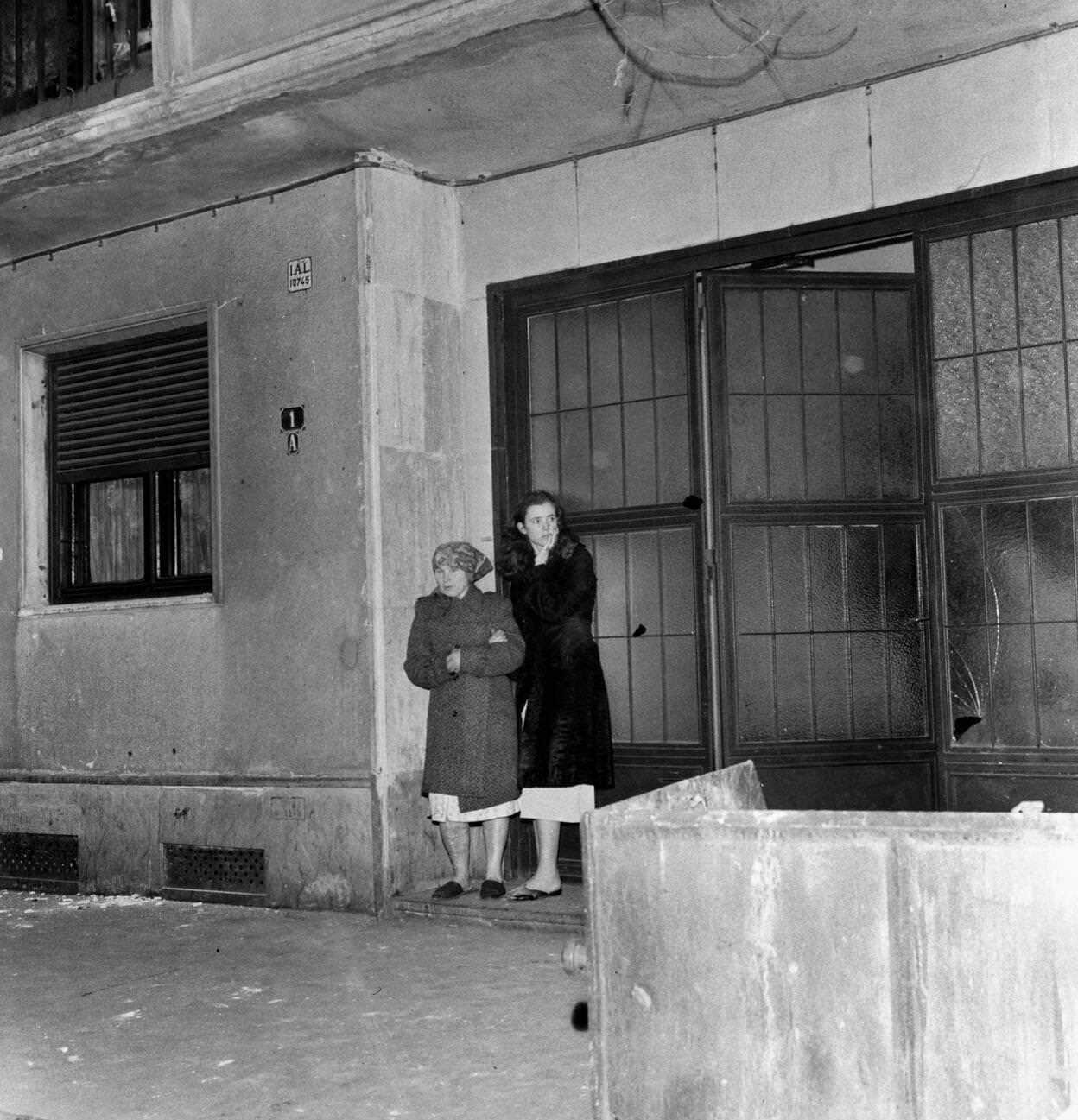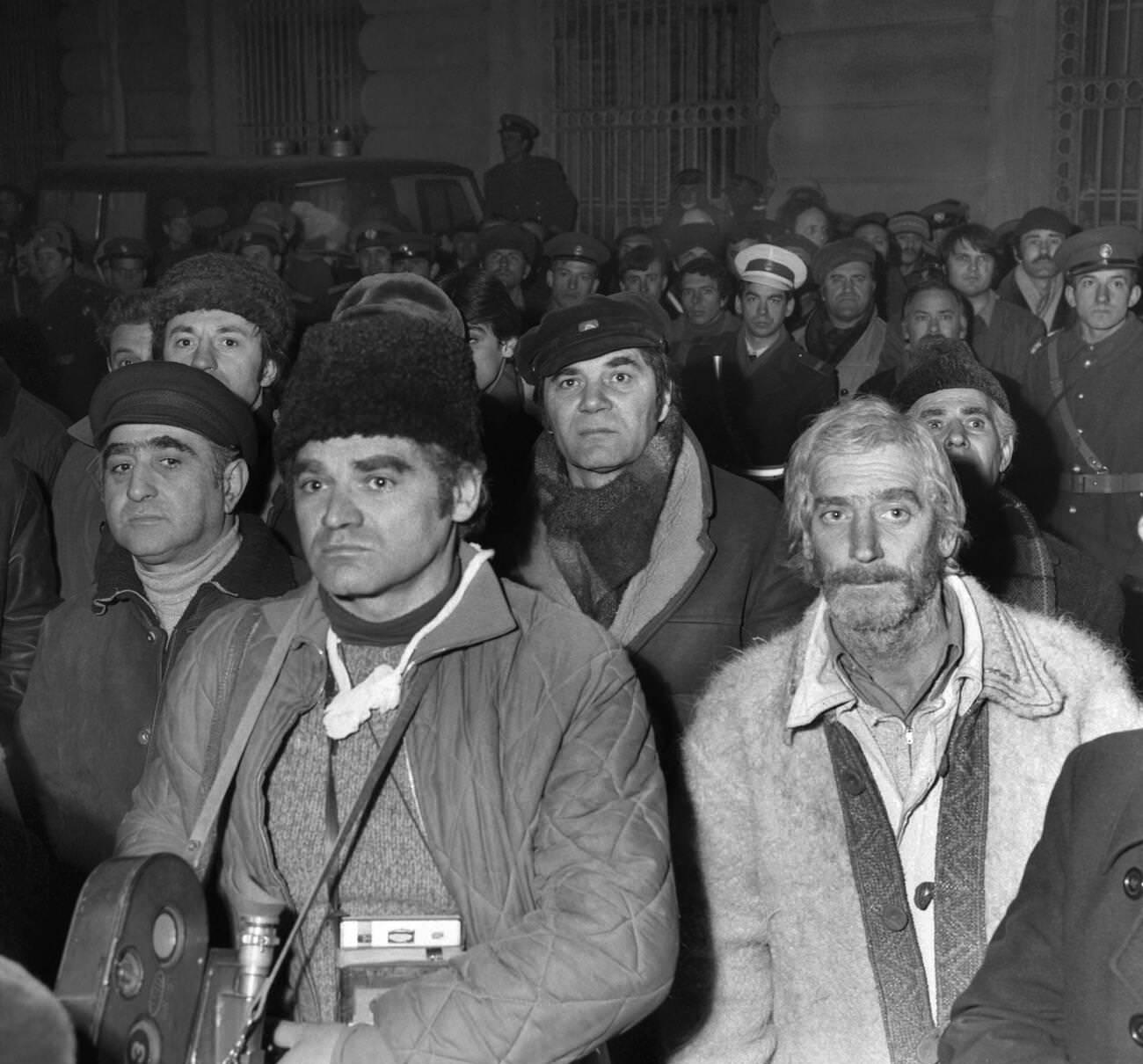On March 4th, 1977, at precisely 9:22 pm, Bucharest was shaken to its core. A powerful earthquake, registering 7.5 on the Richter scale, ripped through the heart of Romania, leaving a trail of destruction, and forever marking the city’s history.
The epicenter, located in the Vrancea Mountains north of Bucharest, unleashed a force that resonated for nearly a minute. Buildings swayed violently, their facades crumbling, and in many cases, entire structures collapsing. The once grand boulevards became choked with debris, and the city was plunged into darkness.
A Night of Terror
Panic erupted as residents, many still unaware of the earthquake’s source, scrambled for safety. Those who lived in the high-rise apartment blocks, a symbol of socialist progress, found themselves trapped in concrete nightmares. Many didn’t make it out alive.
The immediate aftermath was a scene of utter chaos. Emergency services were overwhelmed by the scale of the disaster. Electricity and communication lines lay severed, making rescue efforts a desperate scramble. Bucharest, once a bustling metropolis, became a city of flickering fires and haunting silence.
The Human Cost
The human cost of the earthquake was staggering. Official figures estimate that over 1,500 people perished in Romania, with the vast majority – over 1,400 – concentrated in Bucharest itself. The death toll could have been even higher, but many residents were away for the weekend, attending a national holiday celebration.
The true number of injured remains unclear, with estimates ranging from 11,000 to 15,000. Thousands more were left homeless, forced to endure the harsh Balkan winter in makeshift shelters.
Impact on Infrastructure
Bucharest suffered extensive damage due to its proximity to the epicenter and the prevalence of old, unreinforced buildings. The quake led to the collapse or severe damage of more than 33,000 residential units and numerous historical landmarks. Key buildings that suffered included the National Theatre, the Telephone Palace, and various hospitals, schools, and apartment blocks. The city’s infrastructure was severely disrupted, with gas, electricity, and water supplies cut off in many areas.
In the immediate aftermath, the Romanian government, military, and emergency services launched a large-scale rescue operation. International aid poured in from across the globe, including specialized rescue teams, medical supplies, and financial aid. The disaster prompted a comprehensive review of Romania’s building codes, leading to stricter regulations that required buildings to be constructed with enhanced seismic resistance features.


